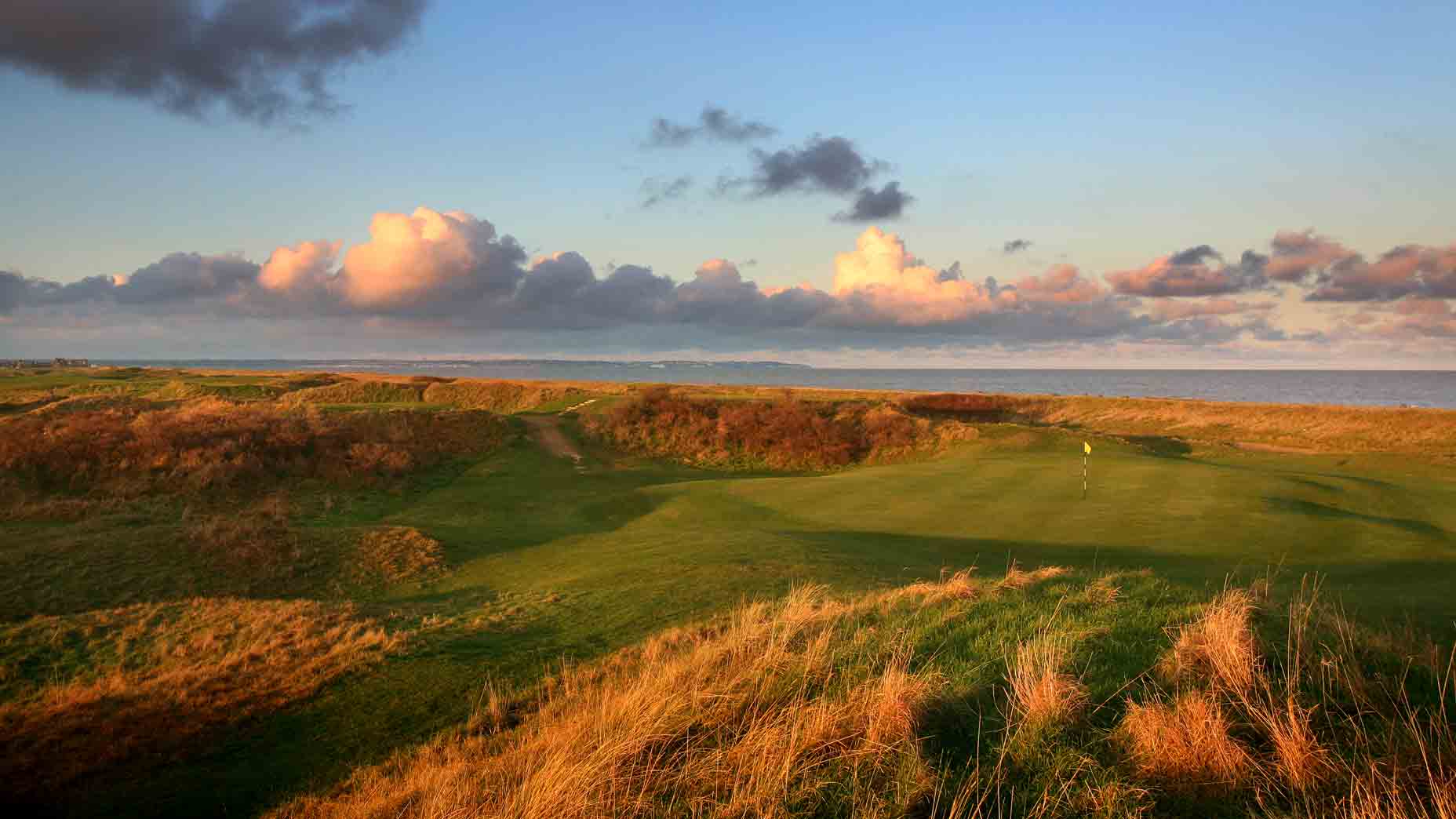
Top 100 Courses in the World for 2023-24: Our latest global ranking is here
Our stable of 100-plus course raters scoured the globe the past two years, and what did they find? Greatness and inspiration in some of the most unexpected places. The Arctic Circle? Check. A Caribbean cliffside? Check. An American West Cattle Ranch? Yep, check again. So saddle up for a tour of the world’s 100 best golf courses.
Methodology: How we rate courses
GOLF’s Top 100 Courses sorted by country and state
GOLF’s other course rankings: Top 100 Courses in the U.S. | Top 100 Courses You Can Play | Top 100 Value Courses in the U.S. | America’s Best Municipal Courses | Top 100 in the U.K. and Ireland | Top 100 Short Courses in the World
Photo credits in revolving gallery above (if viewed on desktop): Barnbougle Dunes (No. 36): Jacob Sjöman; Point Hardy (No. 76): Shawn Michael Marcellin; Shinnecock Hills (No. 4): Jon Cavalier; Te Arai (South) (No. 85): Gary Lisbon; Rock Creek Cattle Company (No. 73): Evan Schiller.
How many of our World Top 100 have you played? Track and display your progress on the official GOLF Top 100 Peg Board! Pick up your board here.


1. Pine Valley
Analyzing a golf course need not be complicated. One simple but effective way to judge a design is by the quality of the course’s property, its hazards and greens. Pine Valley excels at all three, with many contending it has the most formidable hazards and sophisticated green complexes in golf. Throw in a wonderful routing that hopscotches from one island of turf to the next across the rolling, sandy landscape and you have a course that hasn’t budged from the No. 1 spot for decades. Though a cliché at this point, it is only so because it is true: Pick Pine Valley’s “worst” three holes and they are demonstrably better than the worst three holes of any other course on this list. Pine Valley’s only benchmark for sustained excellence from the 1st tee through to the 18th green is itself. (Photo: Jon Cavalier)

2. Cypress Point

3. St. Andrews (Old Course)

4. Shinnecock Hills
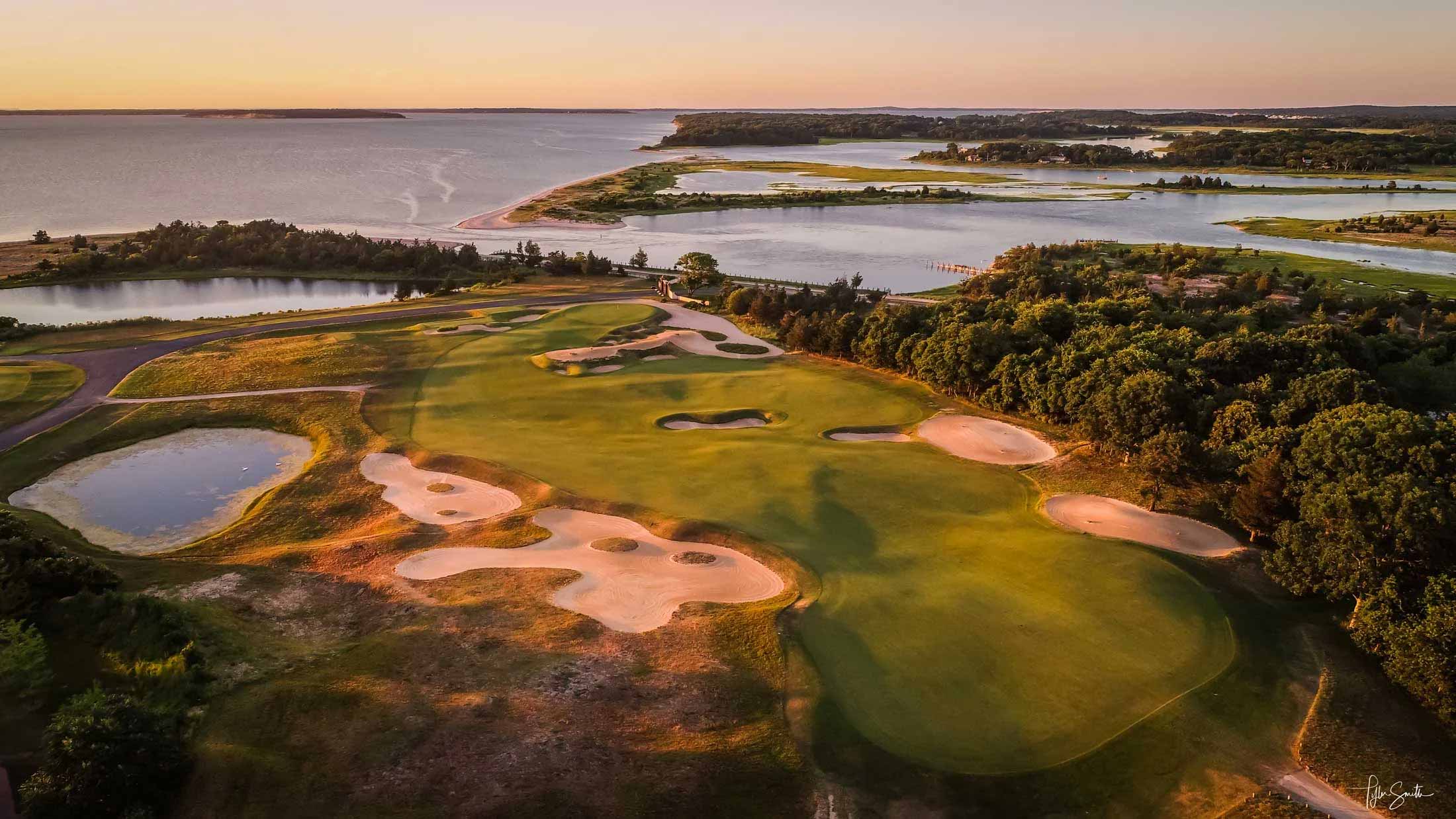
5. National Golf Links of America

6. Royal County Down
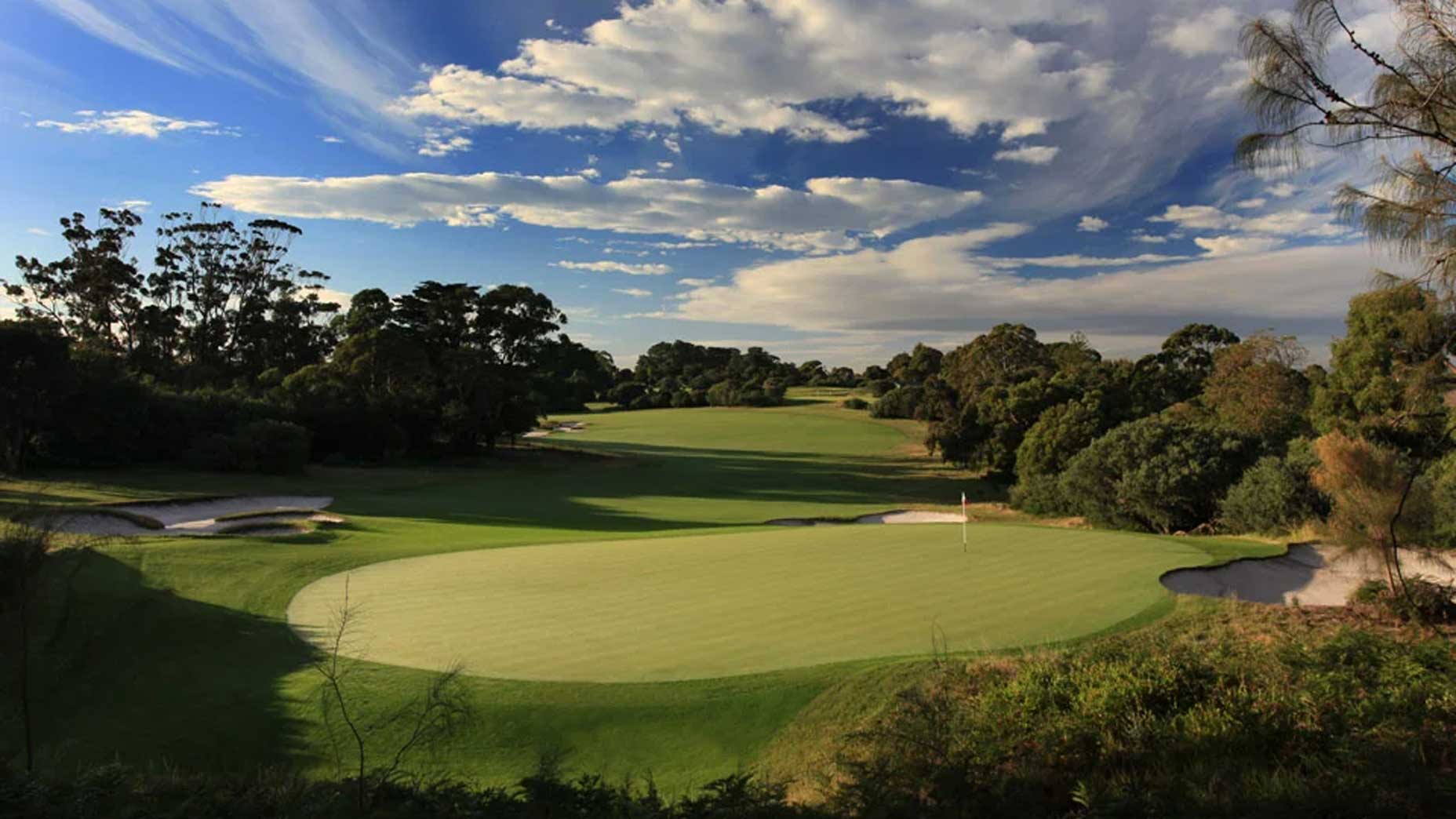
7. Royal Melbourne (West)

8. Oakmont
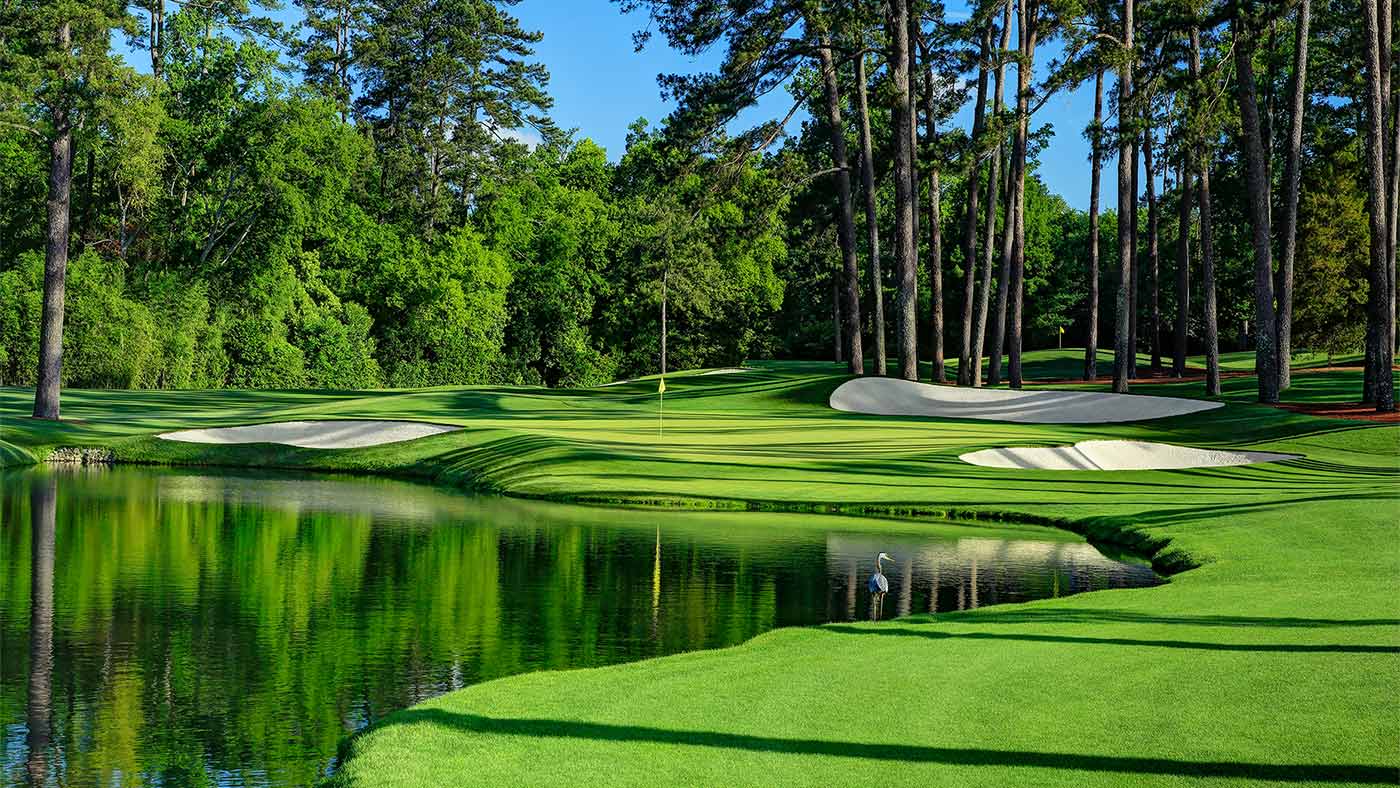
9. Augusta National
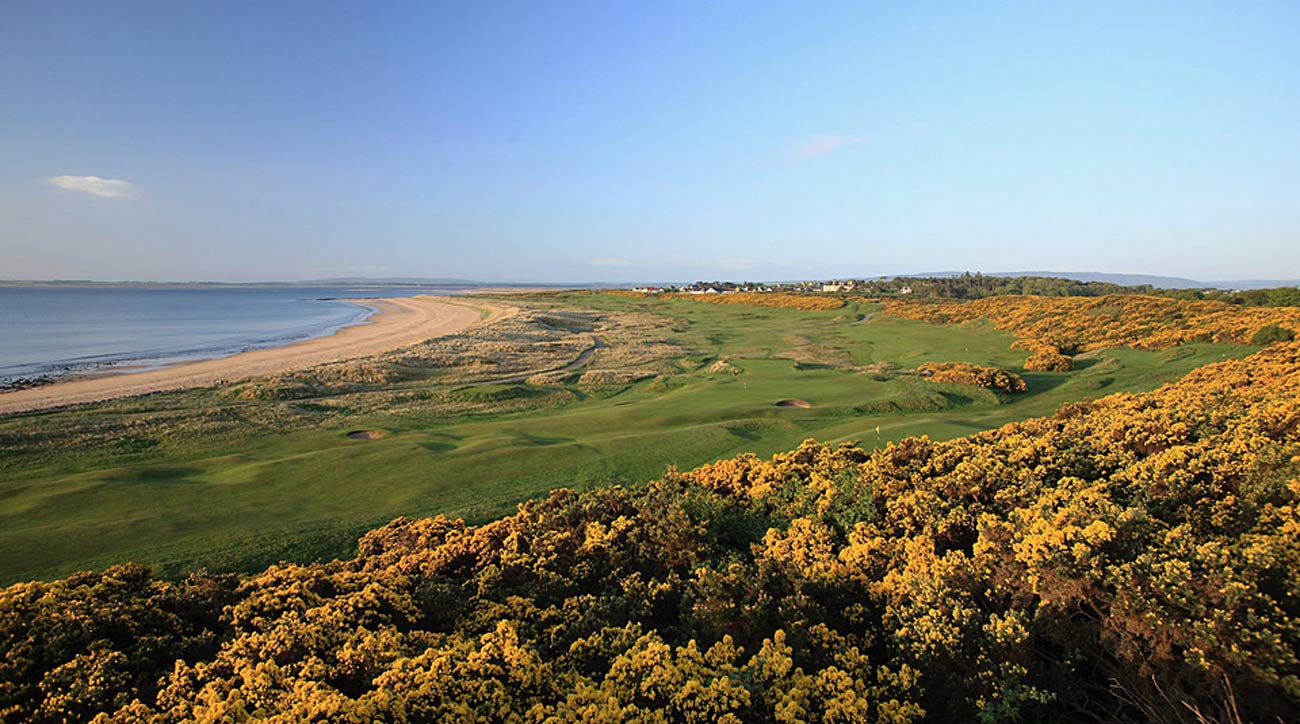
10. Royal Dornoch

11. Sand Hills

12. Muirfield
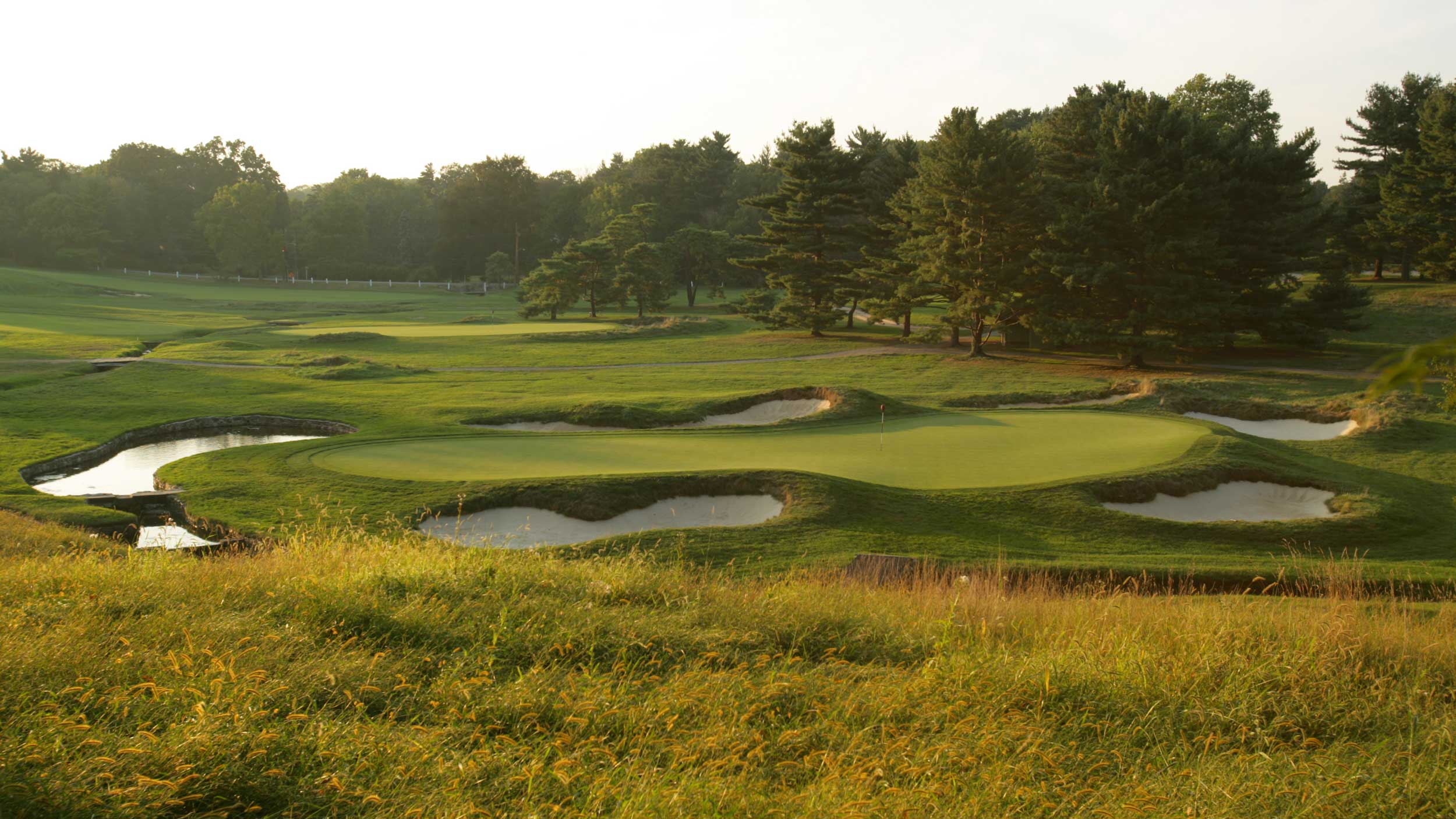
13. Merion (East)

14. Pebble Beach
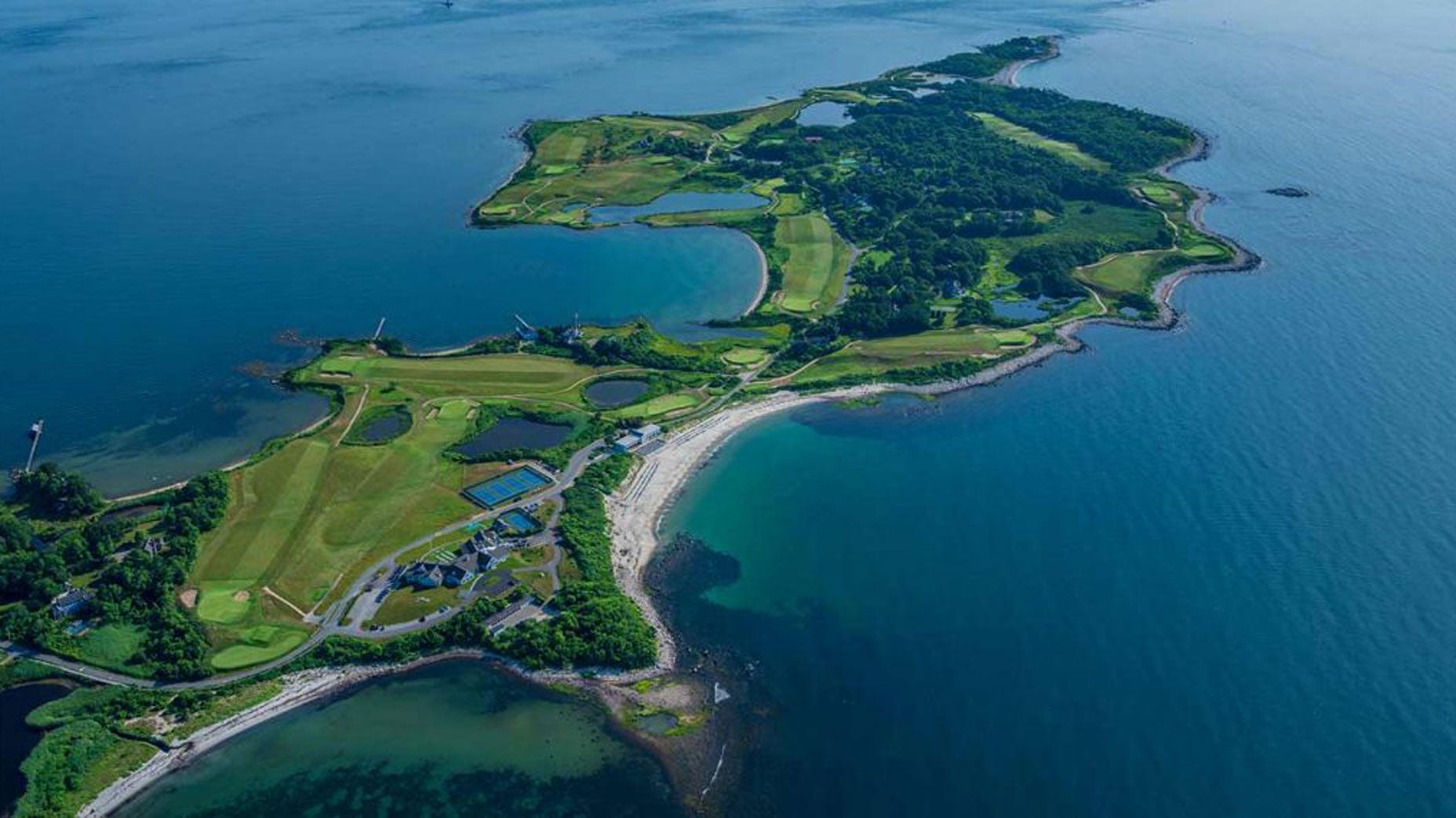
15. Fishers Island

16. Royal Portrush (Dunluce)
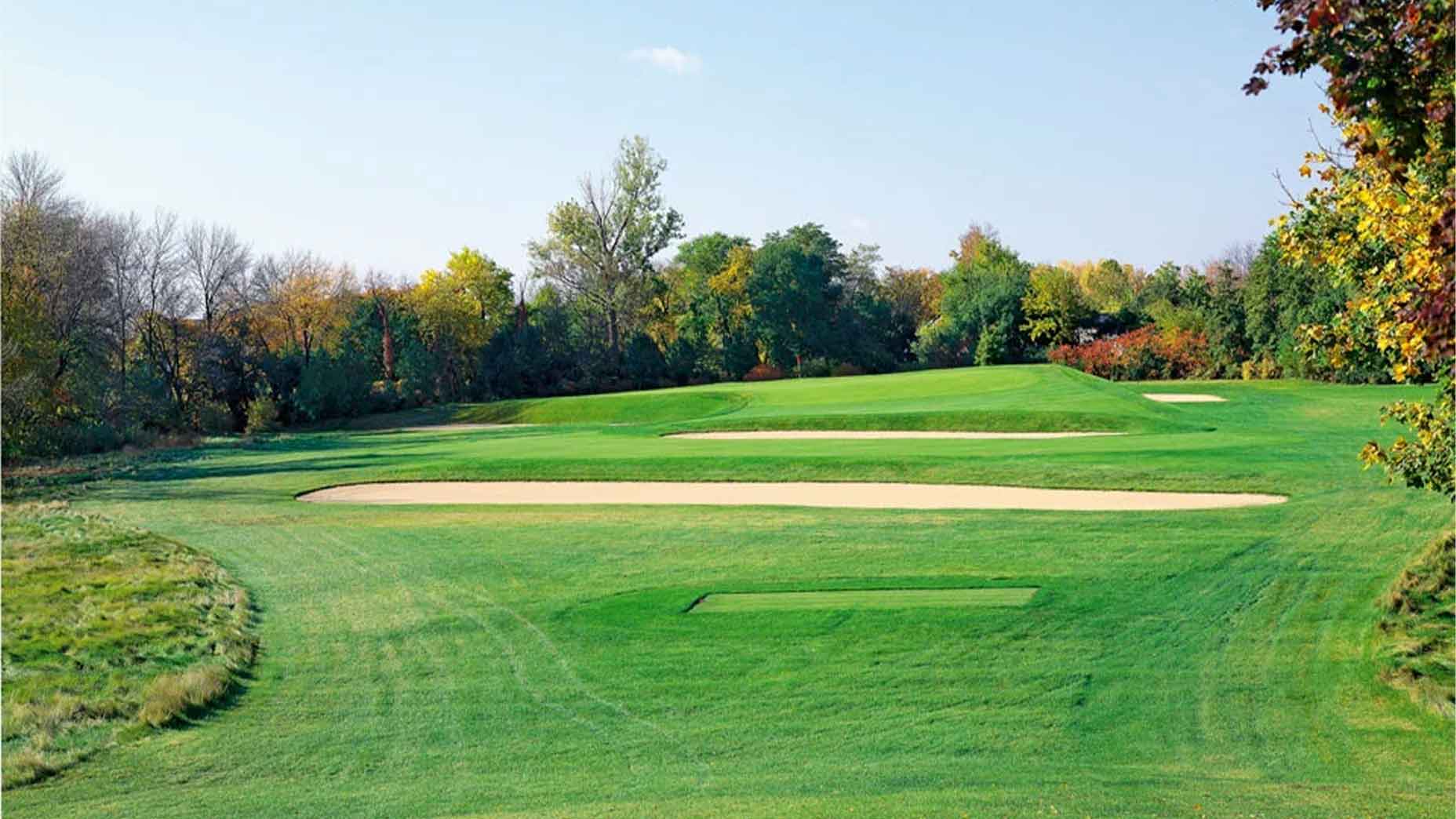
17. Chicago

18. Trump Turnberry (Ailsa)

19. Los Angeles (North)

20. Tara Iti
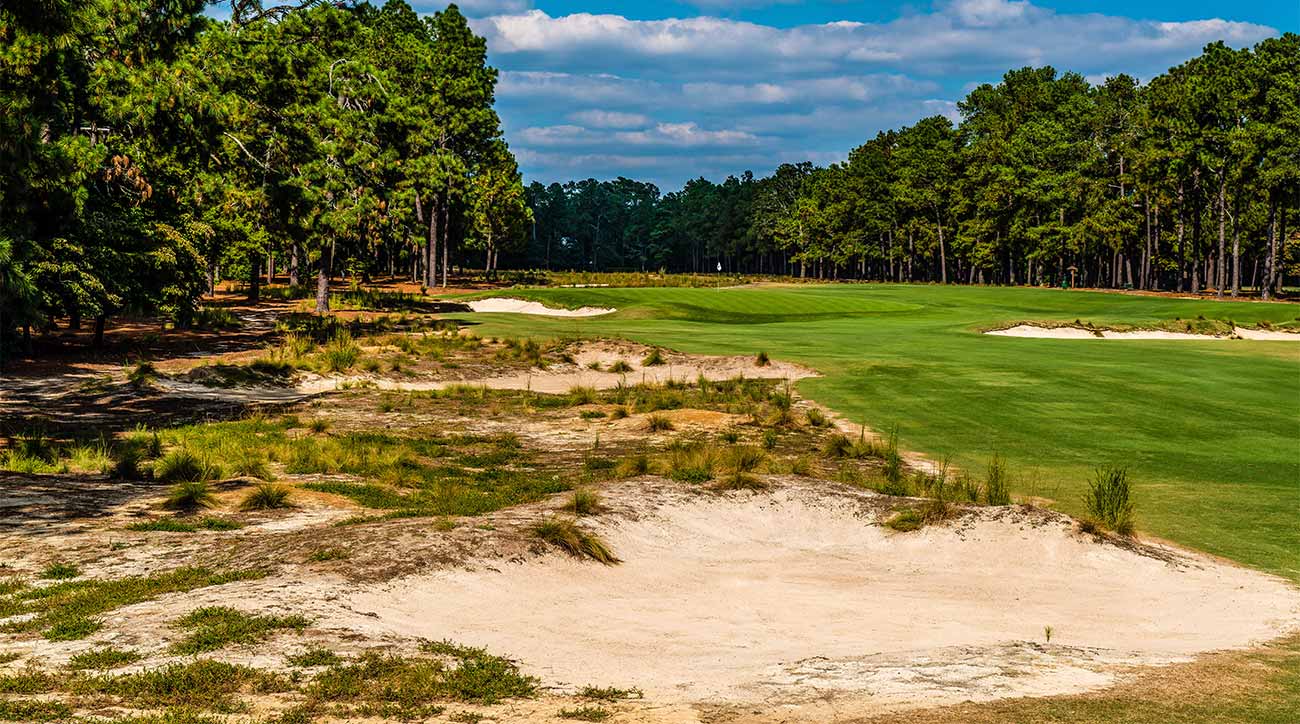
21. Pinehurst No. 2
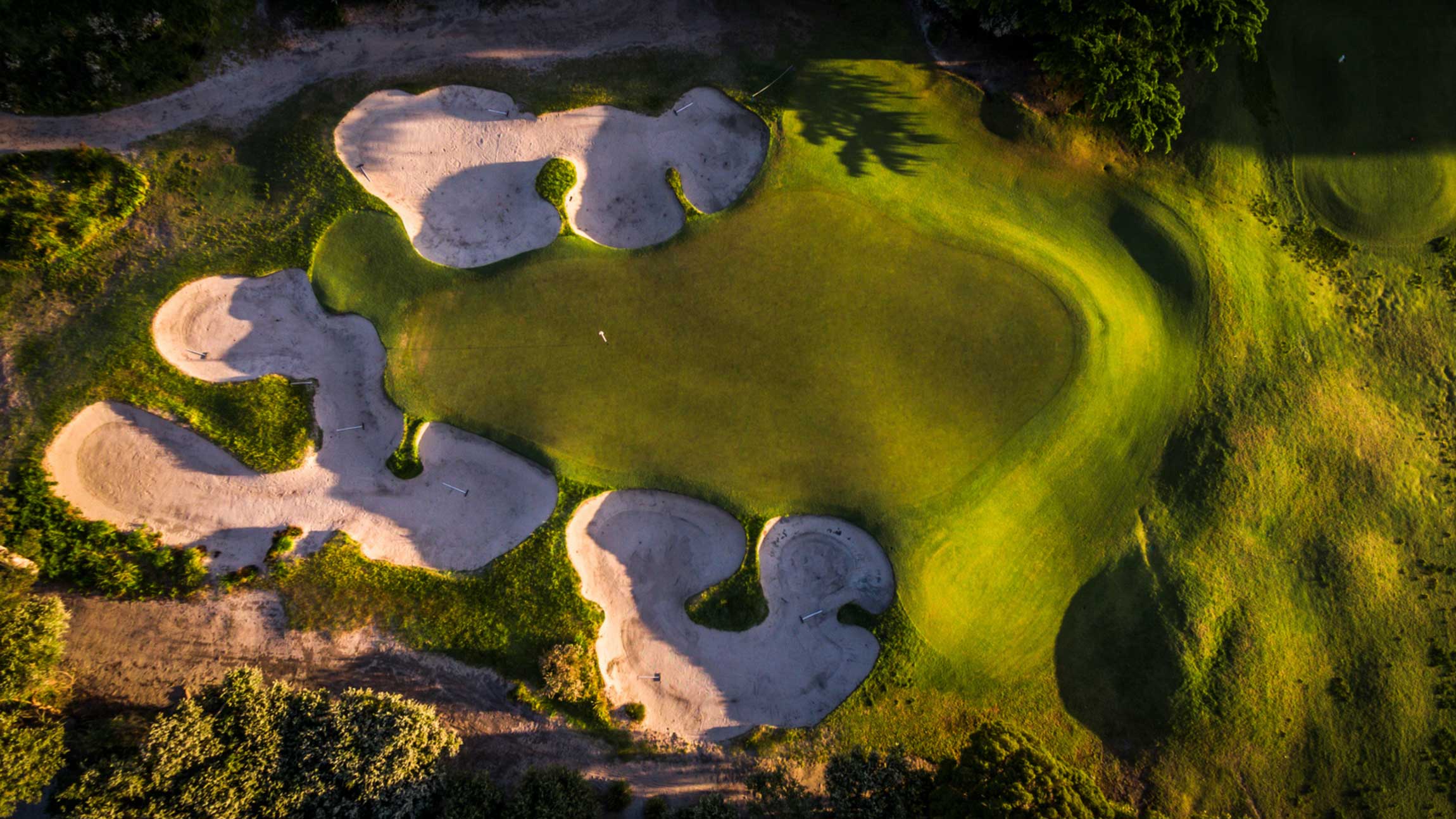
22. Kingston Heath
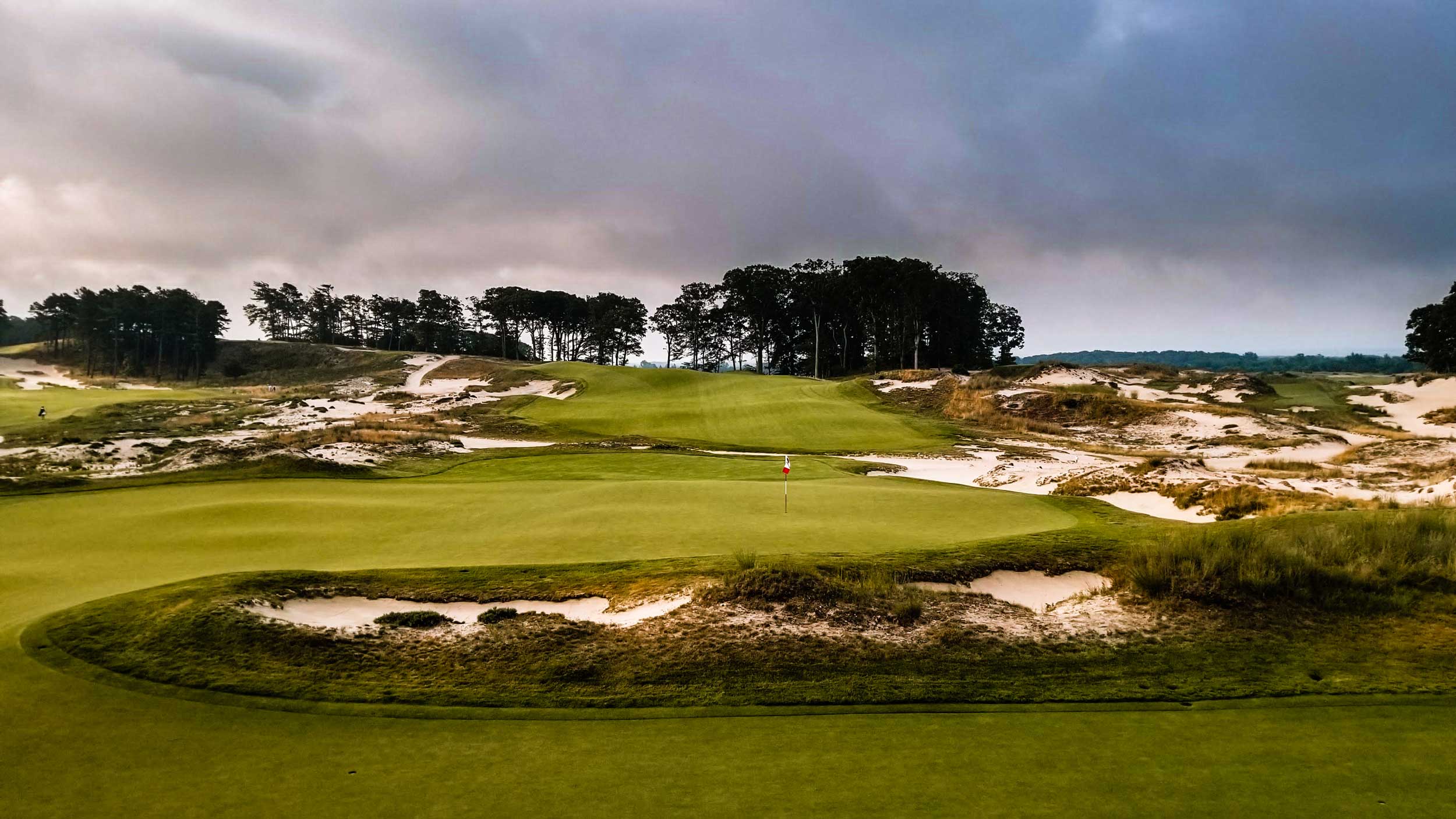
23. Friar's Head
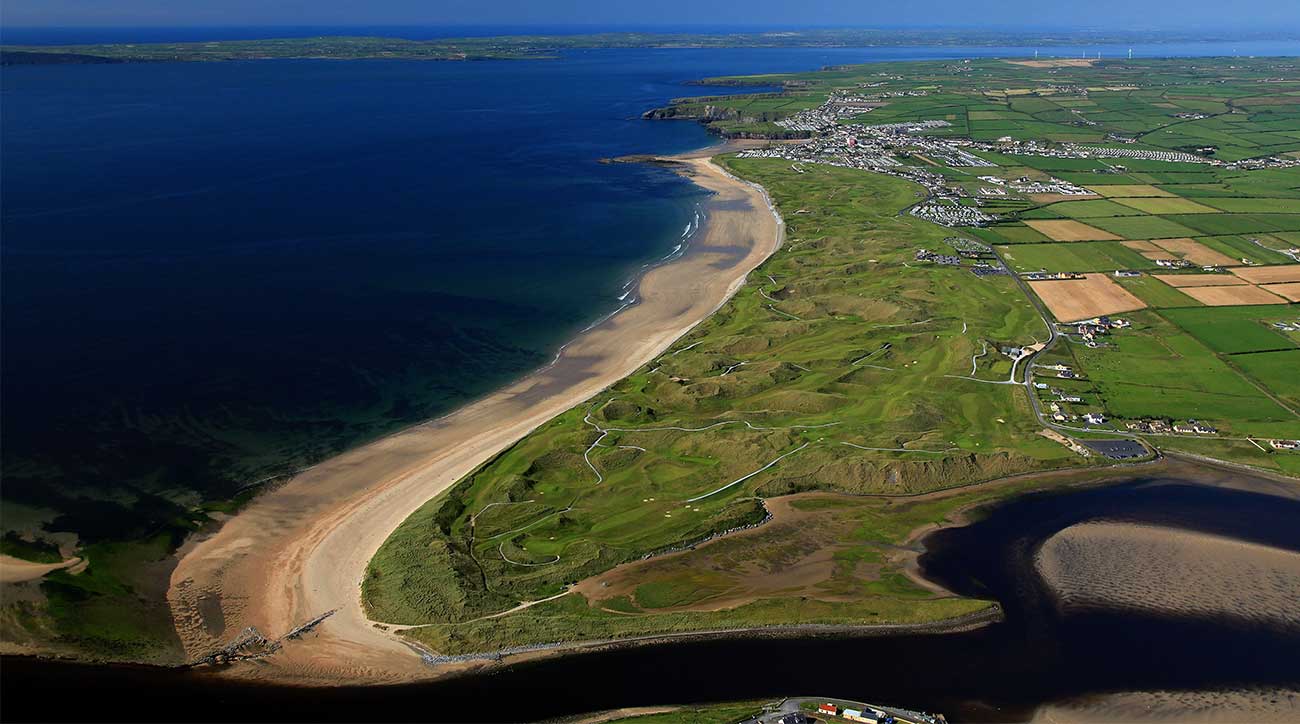
24. Ballybunion (Old)
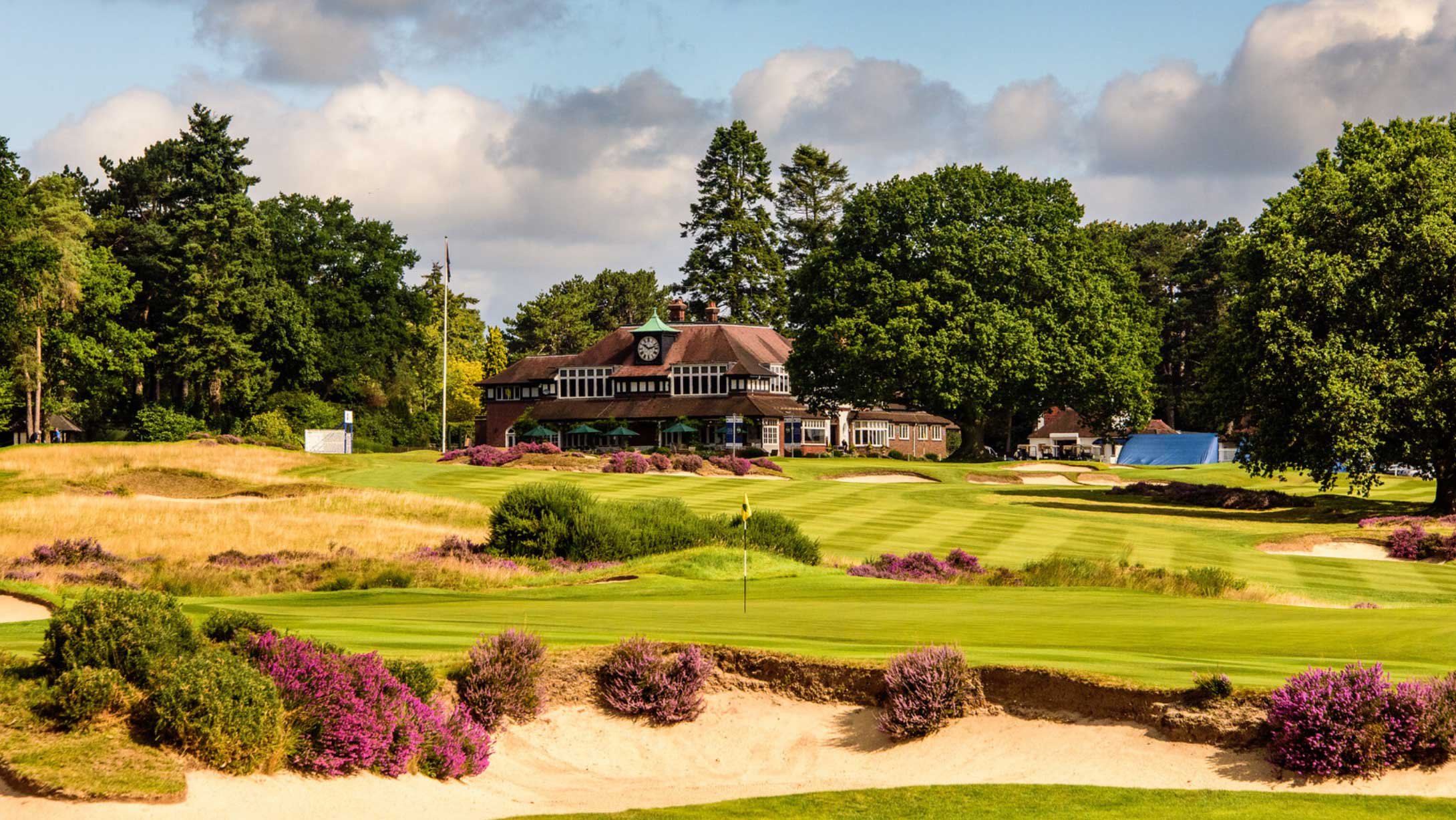
25. Sunningdale (Old)
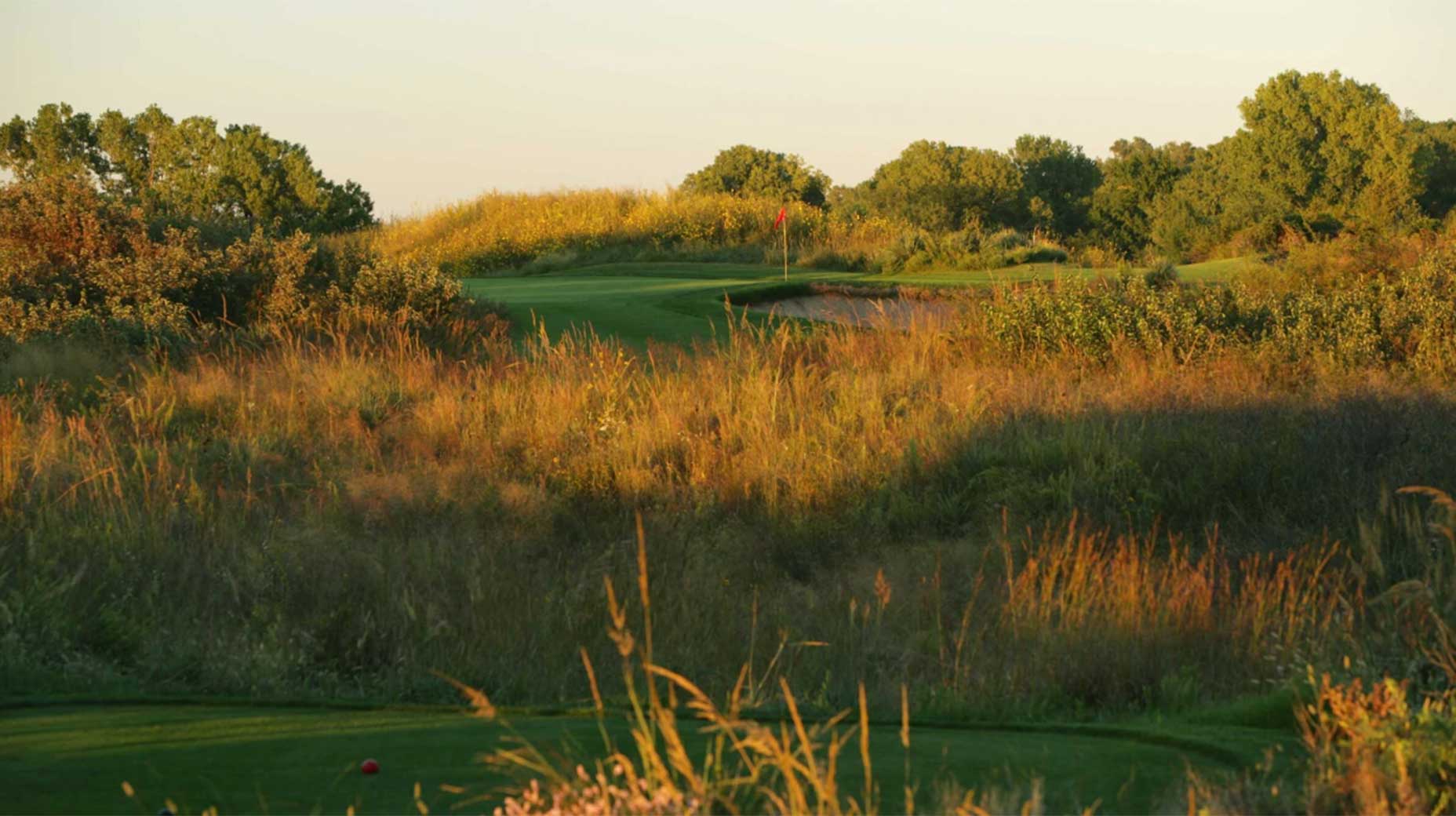
26. Prairie Dunes

27. Oakland Hills (South)
Through the years, Oakland Hills — the famed "monster" that Ben Hogan slayed in the 1951 U.S. Open — became long, narrow and hard, which fit the descriptive of other American championship courses. That was never meant to be the course's fate — this was Donald Ross’s parkland thought-provoking magnum opus. Happily, all of Ross’s glories, and then some, were brought back in 2020 when Gil Hanse, Jim Wagner and team restored Ross’s width and playing angles. The greens were expanded a whopping 35 percent, and the bunkers themselves were restored to their previous immense scale. Fescue grasses blow in the wind and the undulating site, no longer hidden by trees, optimizes parkland golf’s regal offering with some of its greens like the 1st and 14th among the best in the game.
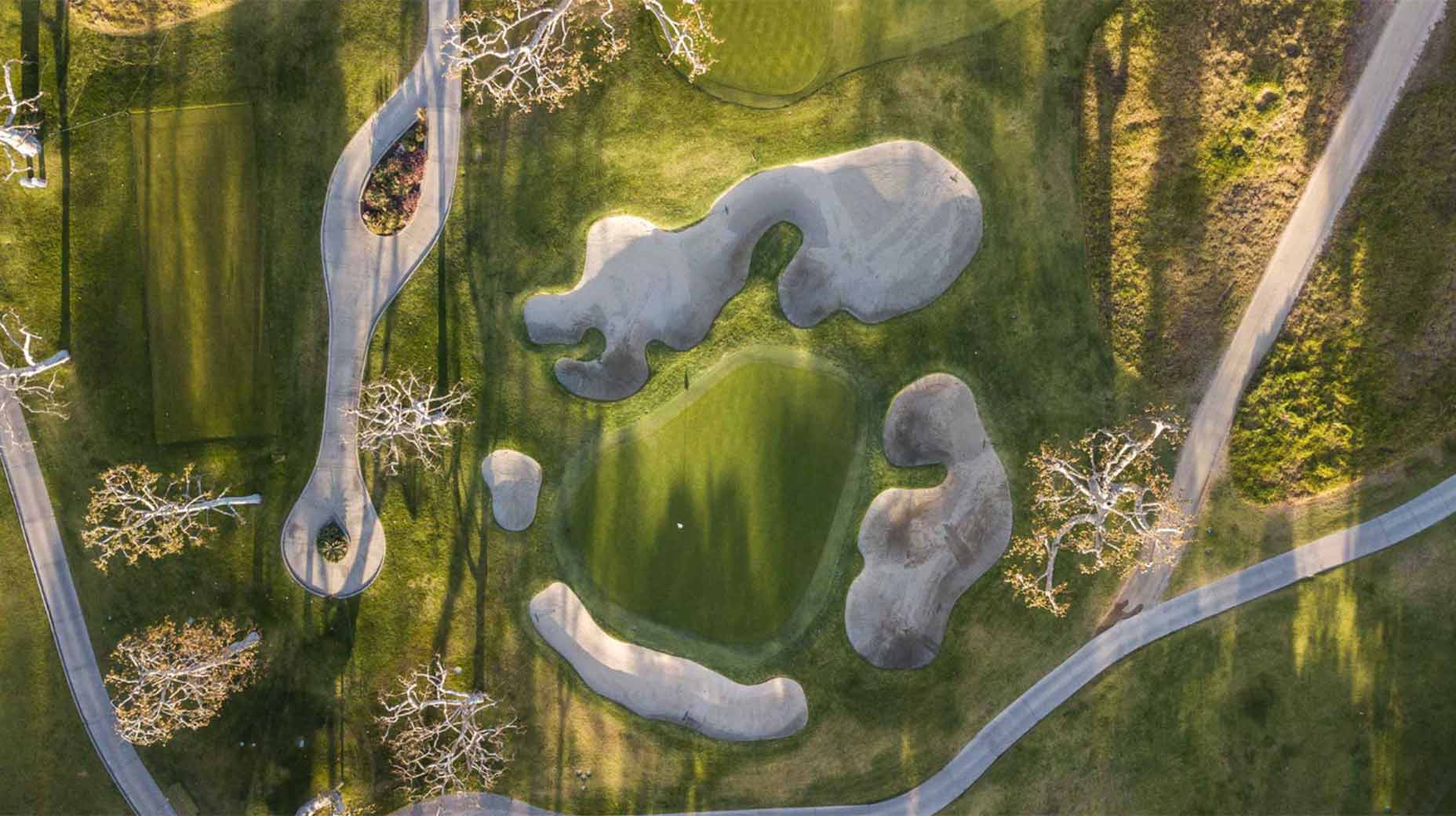
28. Riviera

29. Winged Foot (West)

30. North Berwick (West)
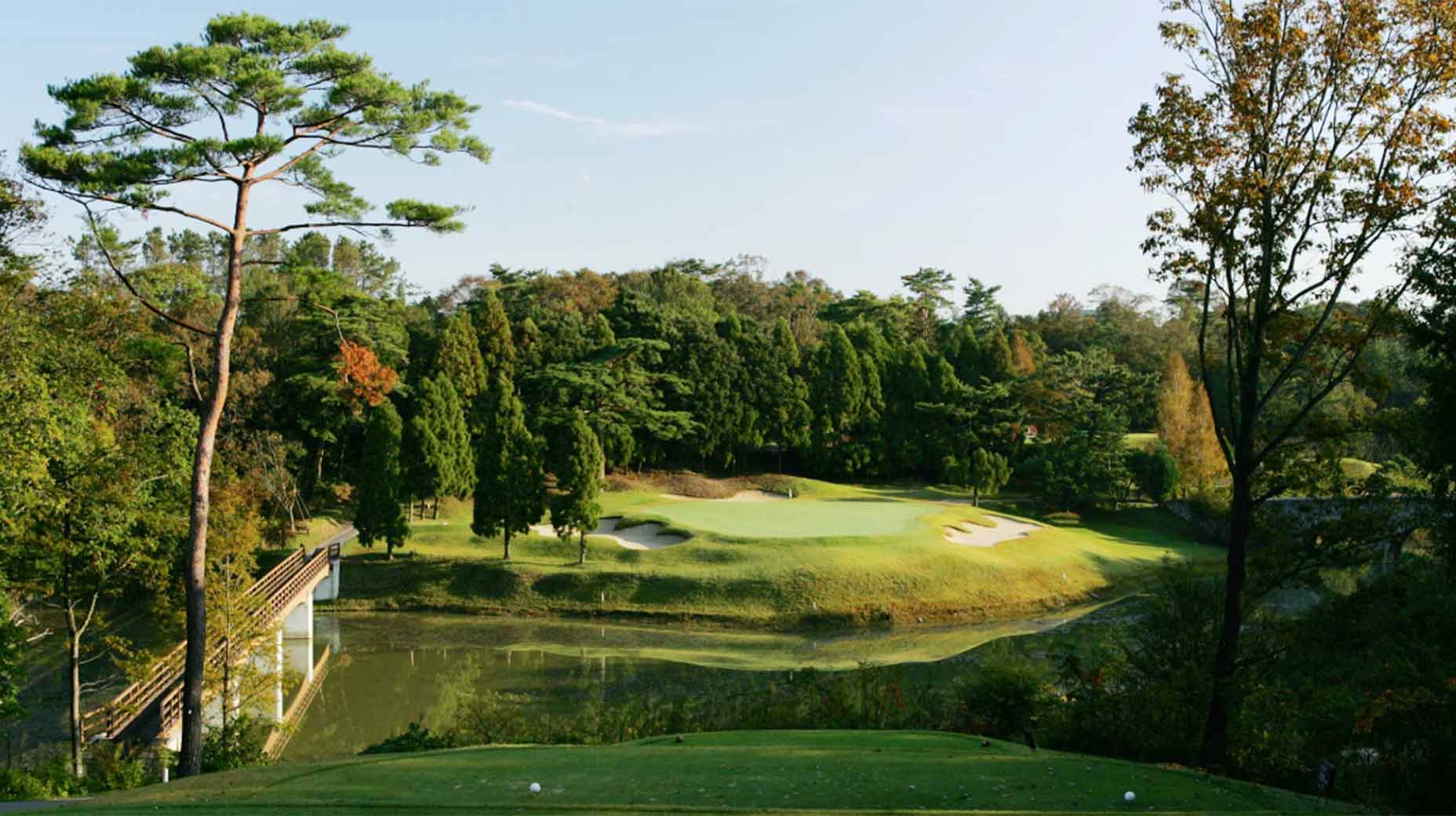
31. Hirono
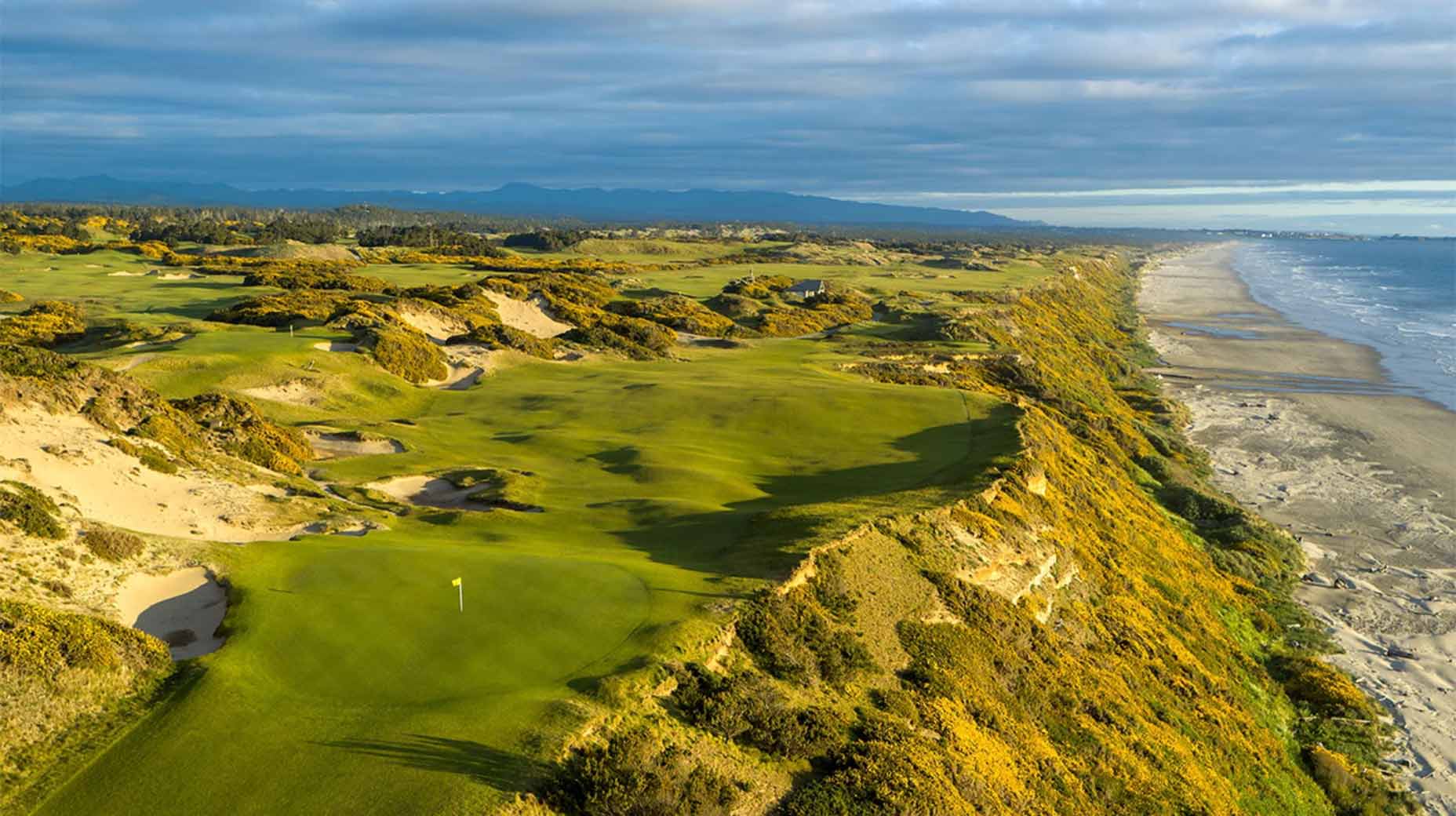
32. Pacific Dunes
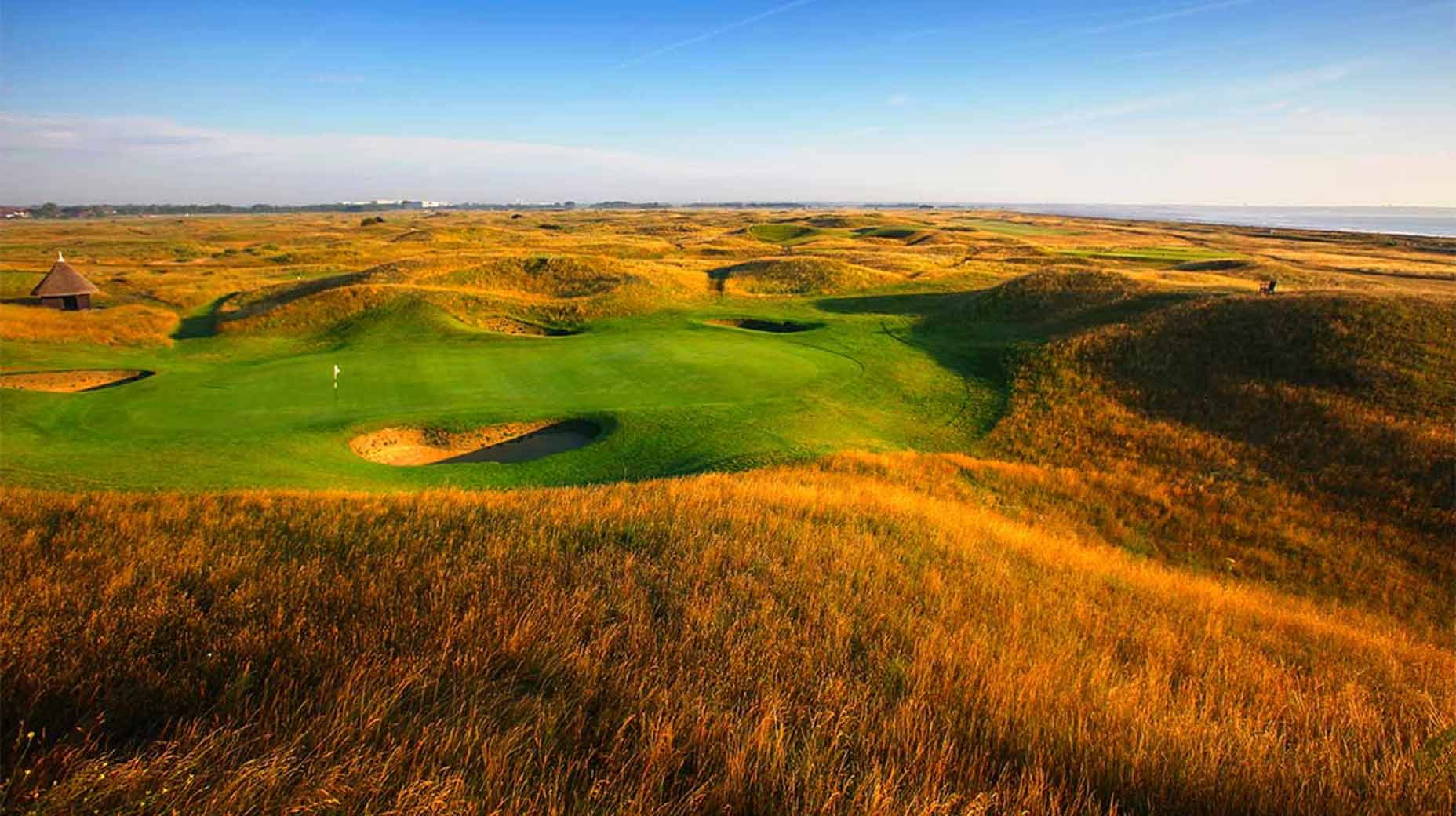
33. Royal St. George's
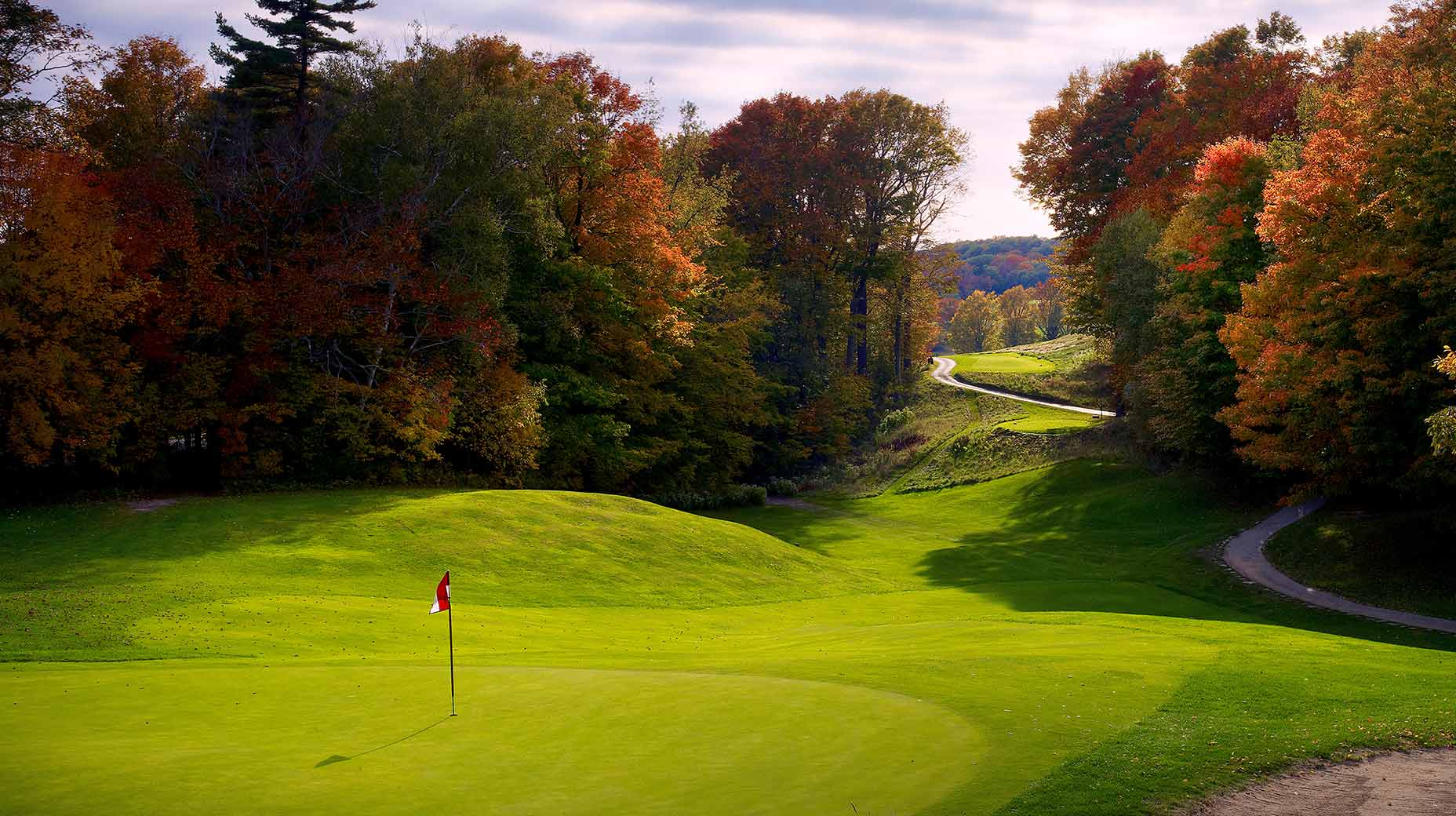
34. Crystal Downs

35. Seminole
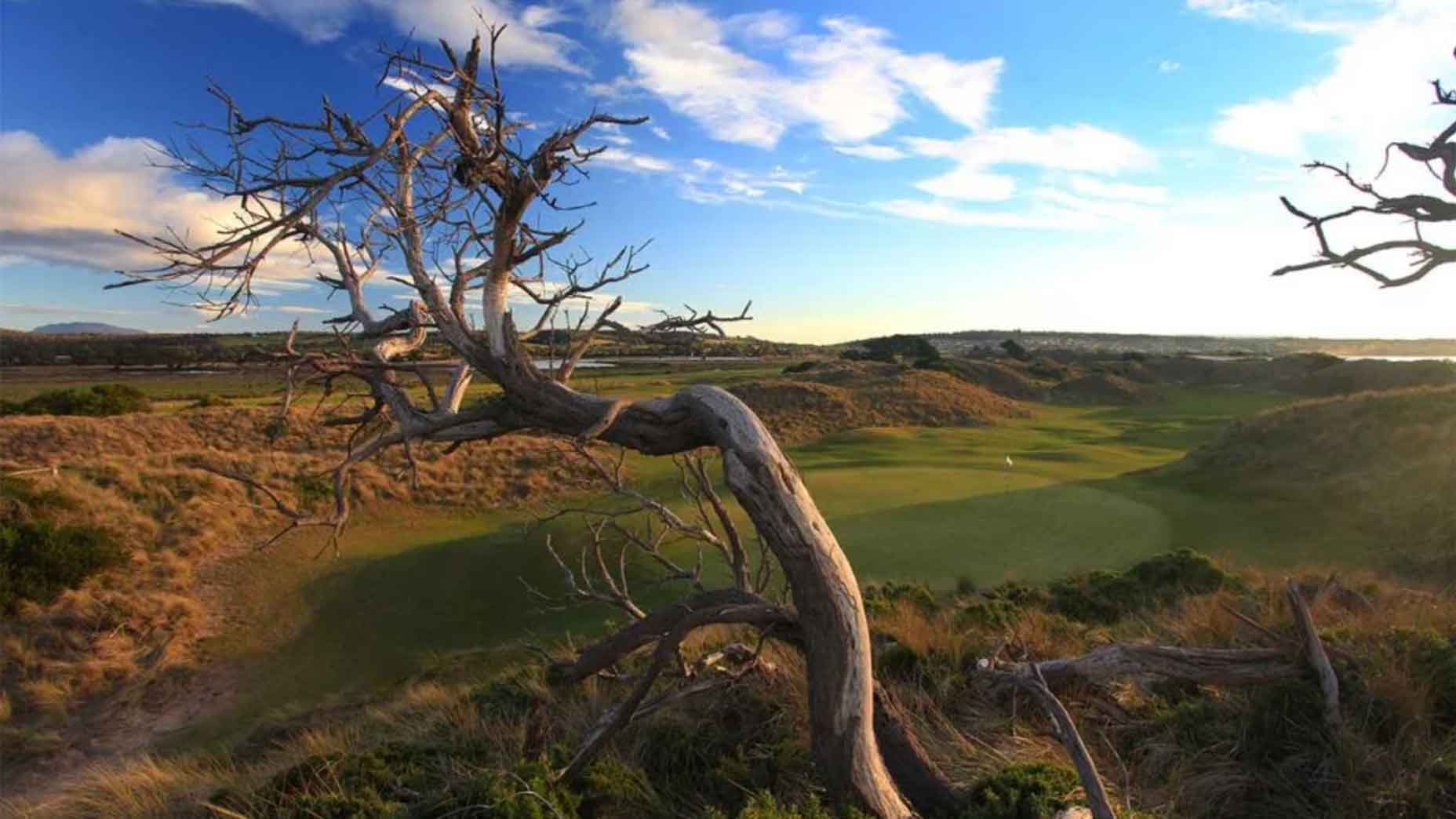
36. Barnbougle Dunes

37. Lahinch (Old)
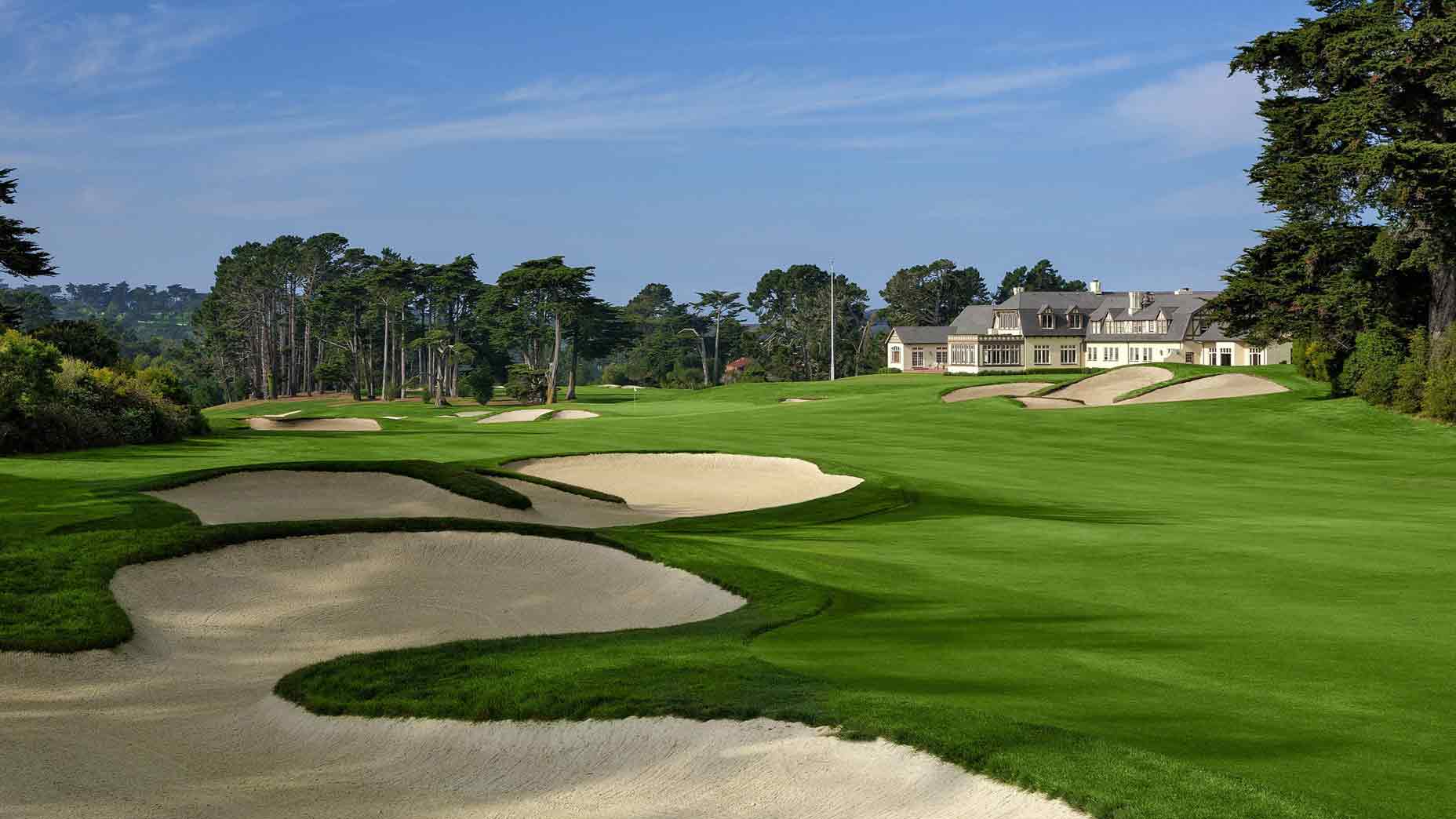
38. San Francisco

39. The Country Club (Clyde/Squirrel)
A Boston Brahmin society haunt for more than 125 years, this tree-lined design has played host to four U.S. Opens and the famous 1999 Ryder Cup. Its configuration of holes for the 2022 U.S. Open proved to be its best composite course yet out of its 27 holes but note: GOLF ranks the Clyde/Squirrel course that its members play on a regular basis. That’s the configuration of holes that was used for the 1913 Open when local lad Francis Ouimet stunned the big, bad Brits. Its old-school features include cross hazards and medium-size greens. The field at the 2022 U.S. Open was reminded that there is no substitute for hitting fairways and greens as thick rough remains a component of the course’s challenge just as it was in 1913. (Photo: Patrick Koenig)
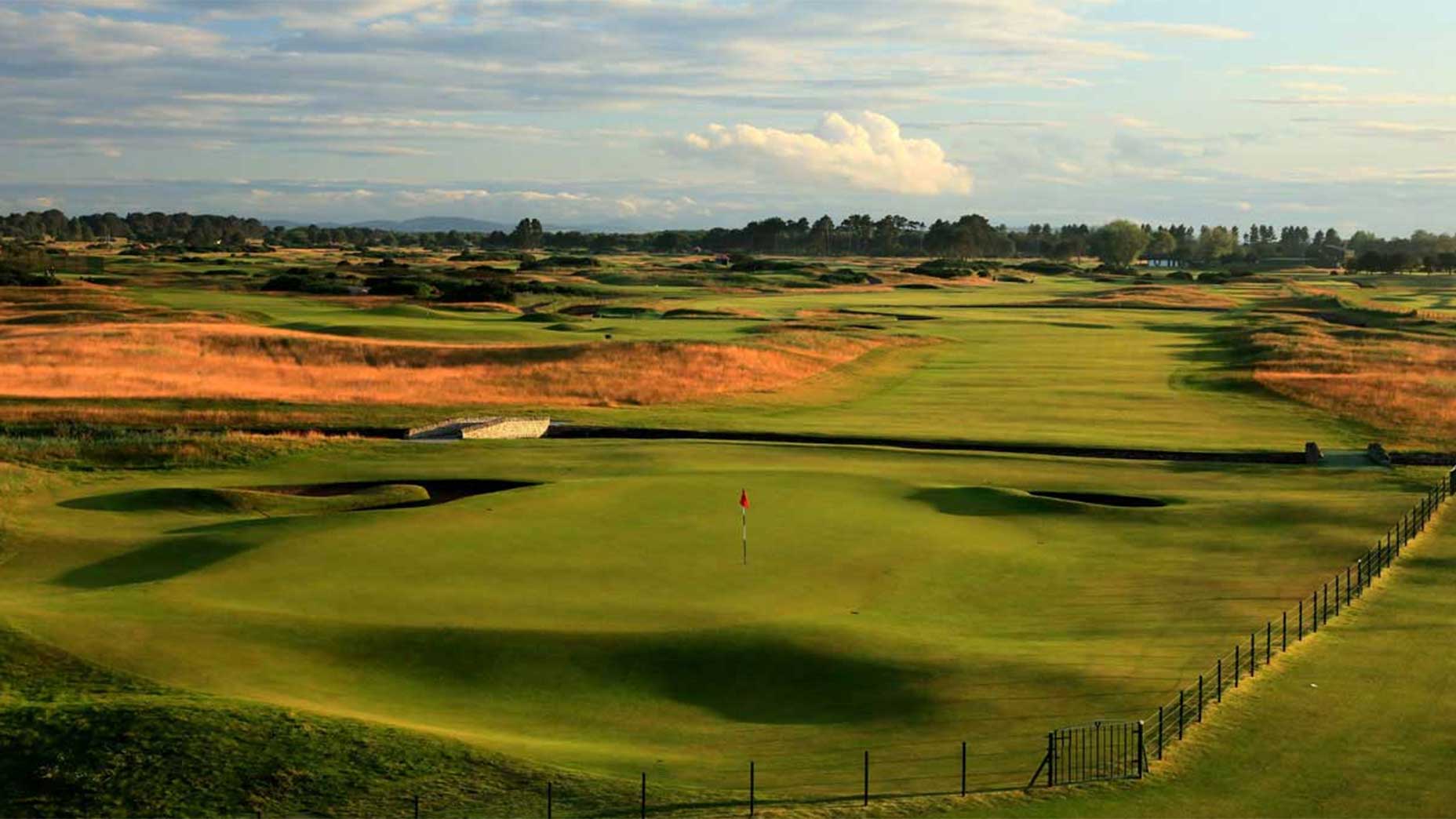
40. Carnoustie (Championship)
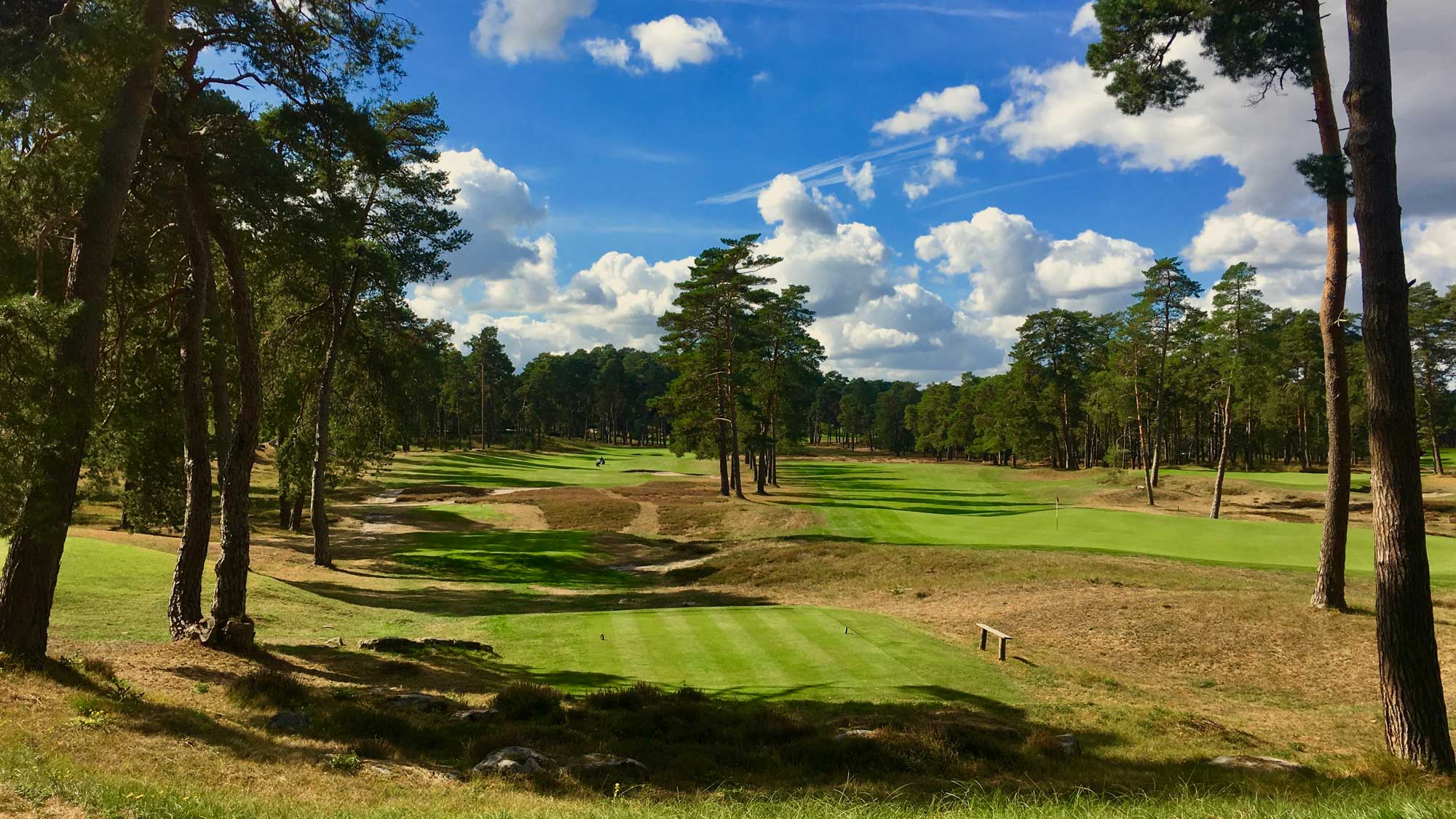
41. Morfontaine

42. Royal Birkdale

43. Somerset Hills

44. Southern Hills
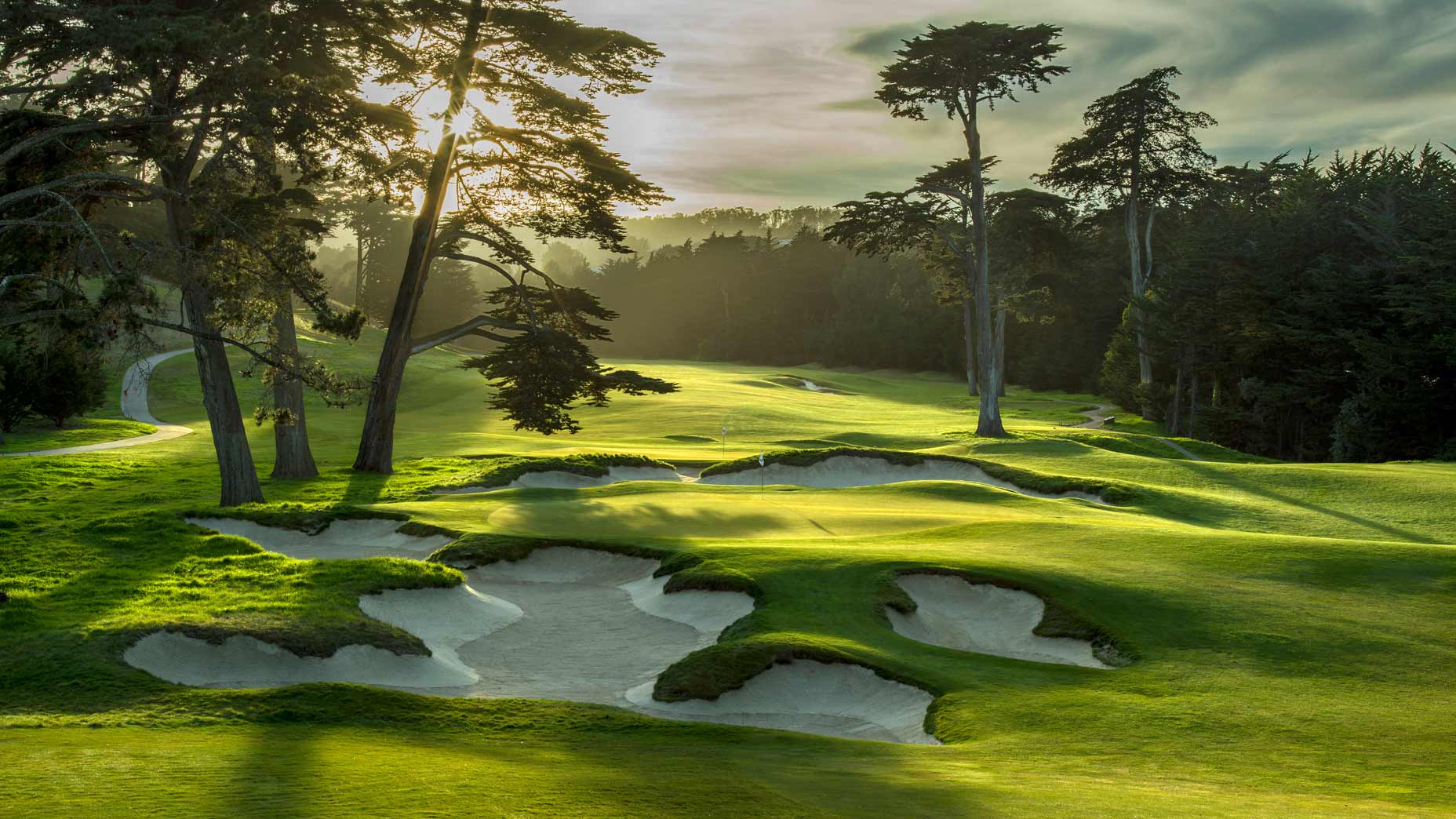
45. California Golf Club of San Francisco

46. Swinley Forest
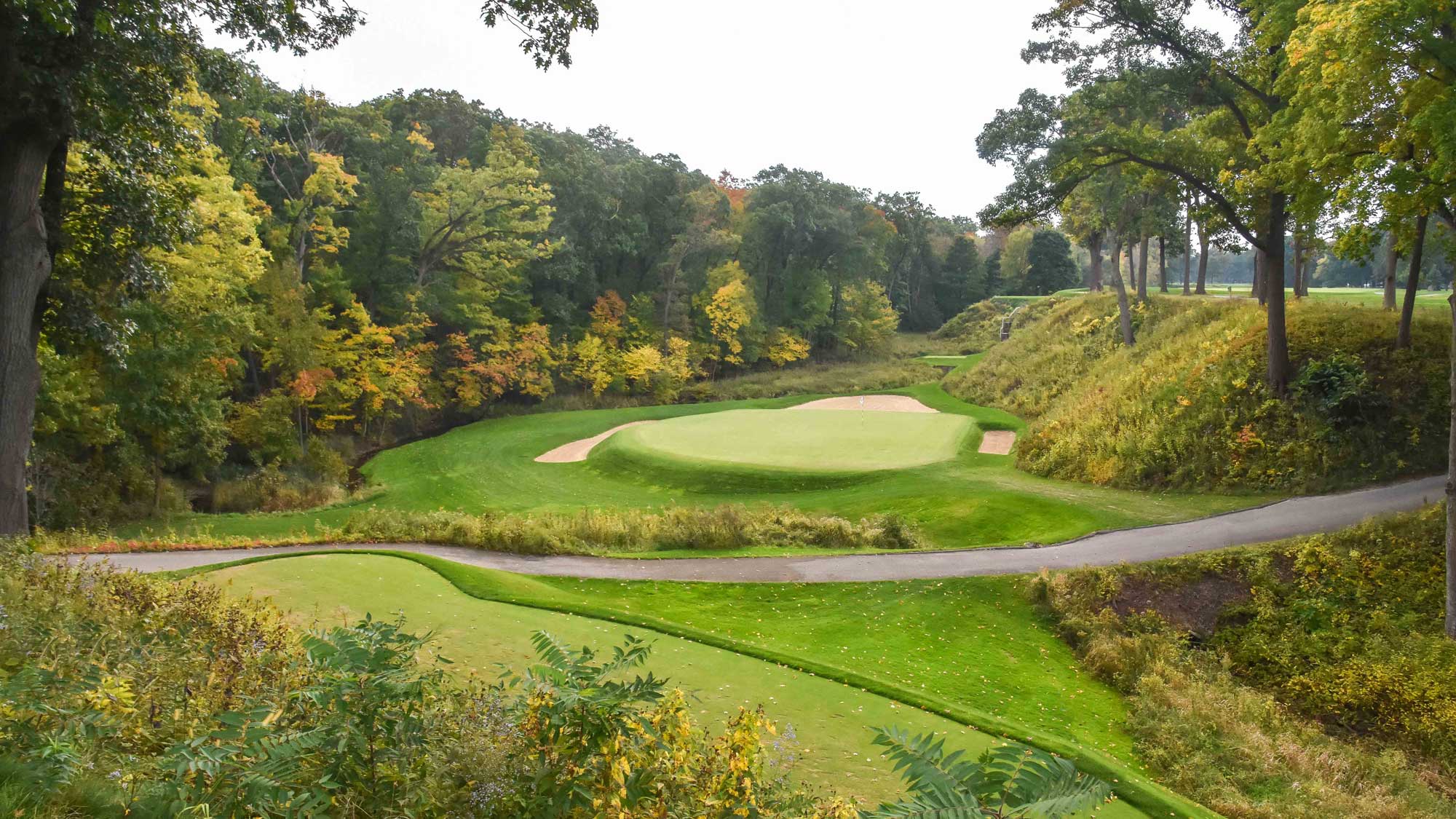
47. Shoreacres

48. Garden City
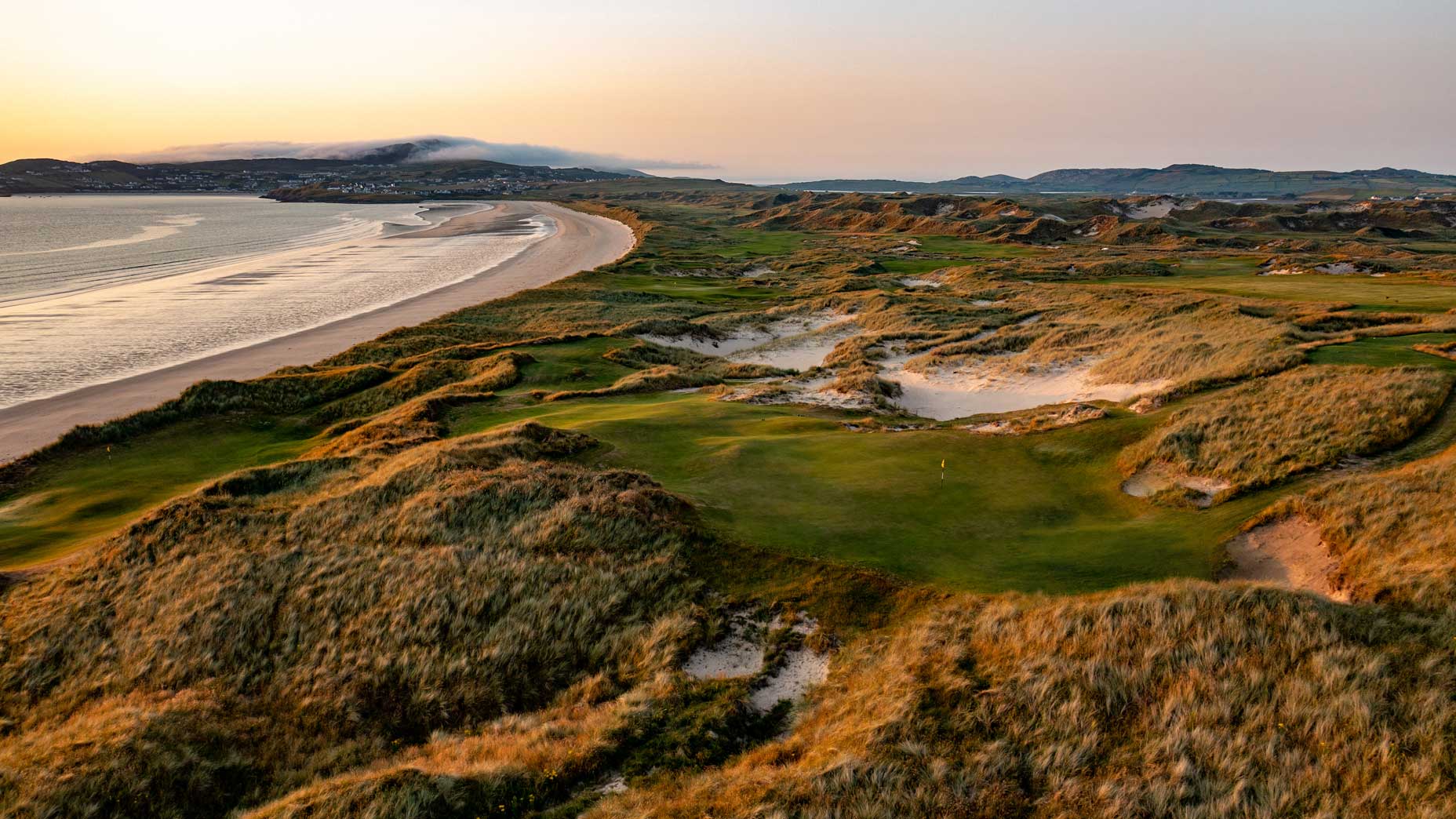
49. St. Patrick's Links
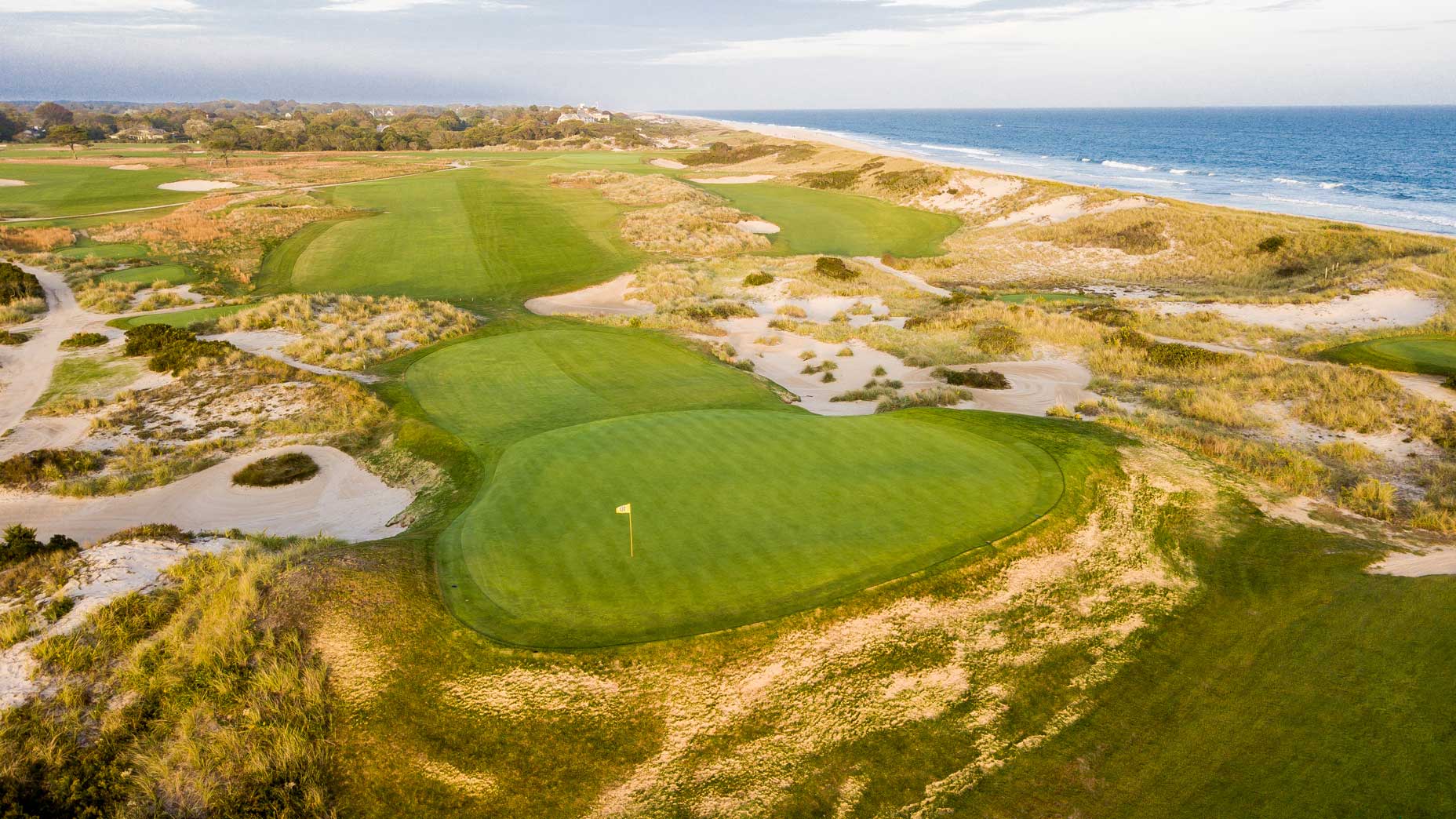
50. Maidstone
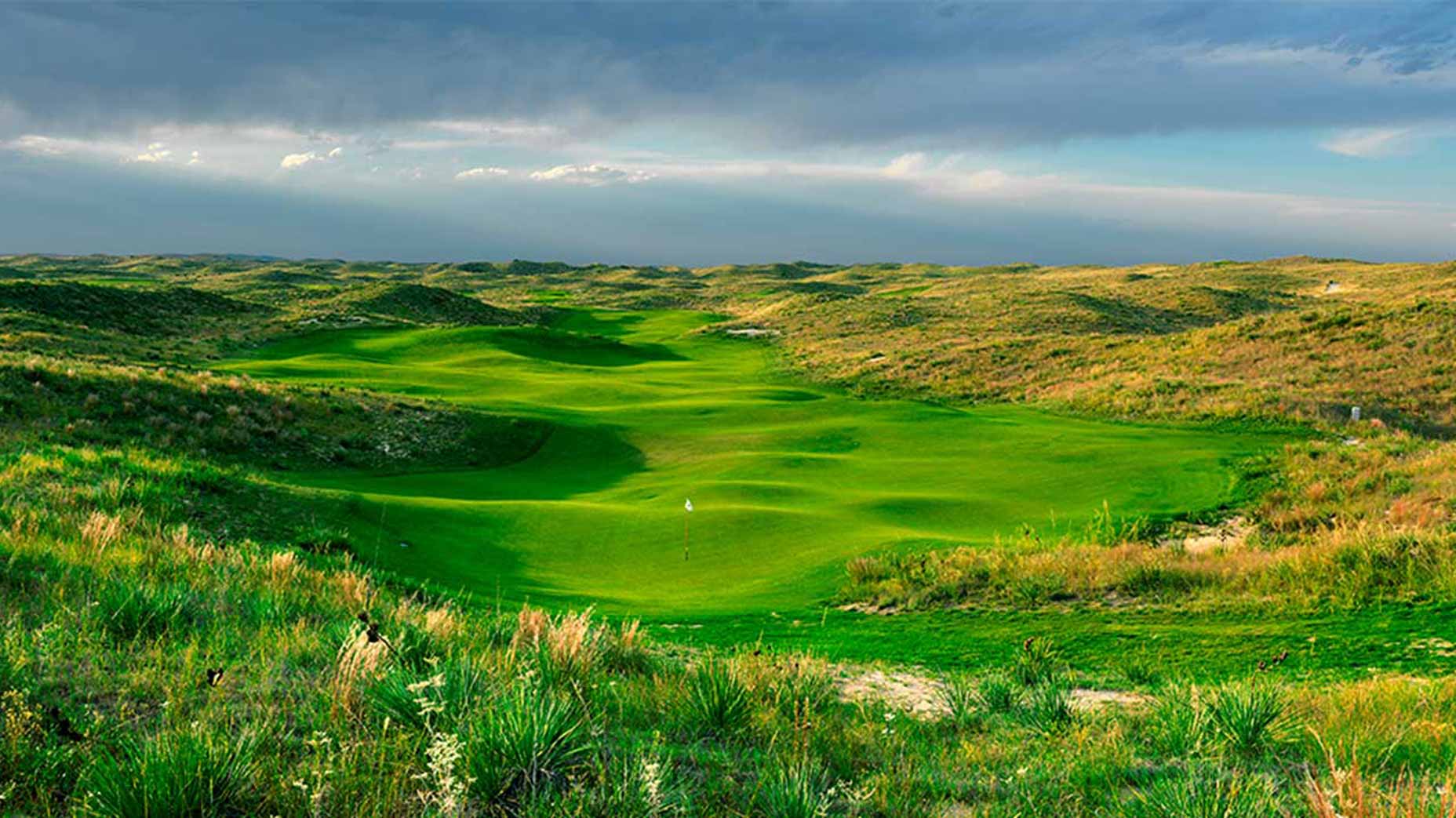
51. Ballyneal
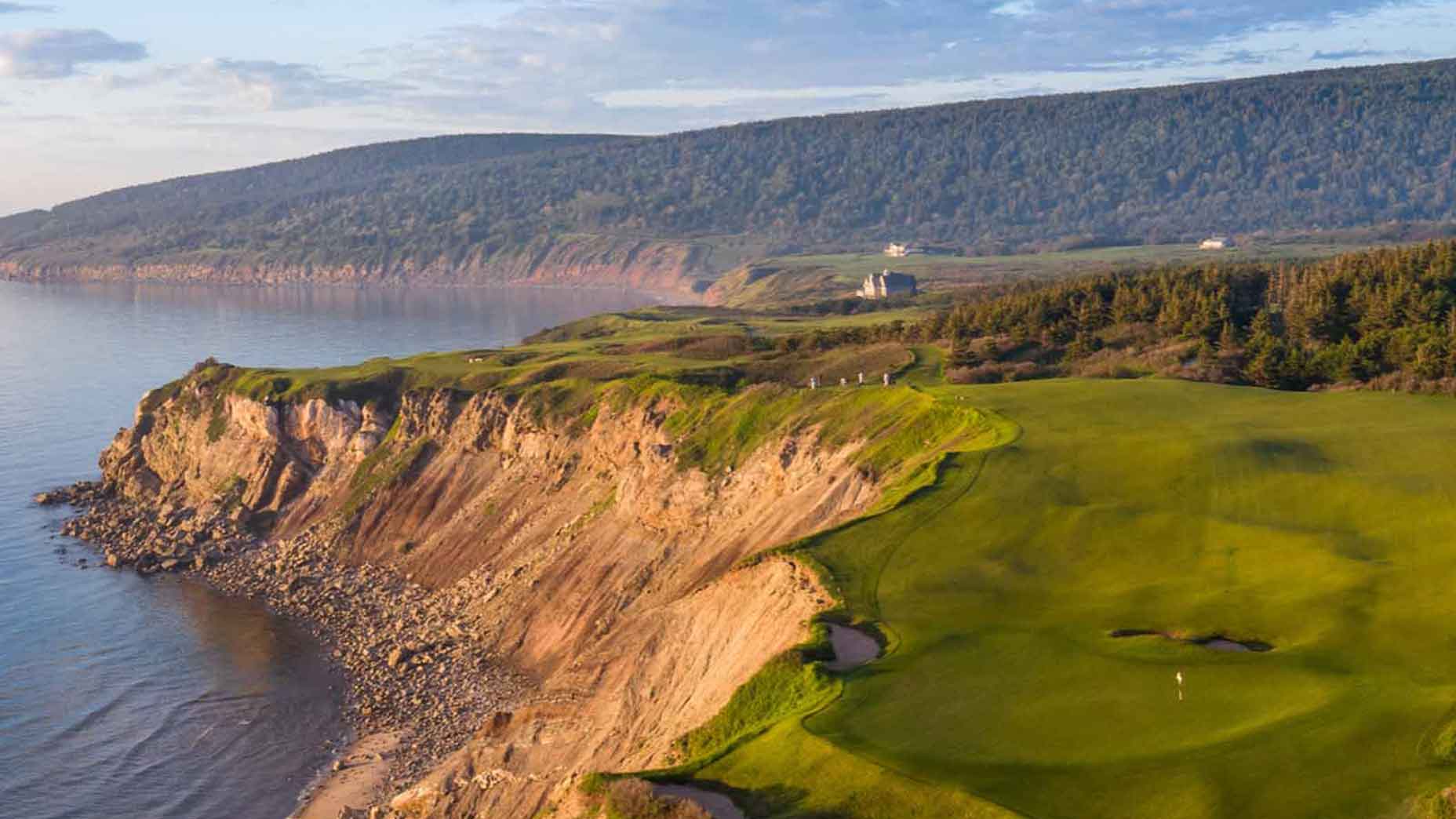
52. Cabot Cape Breton (Cabot Cliffs)
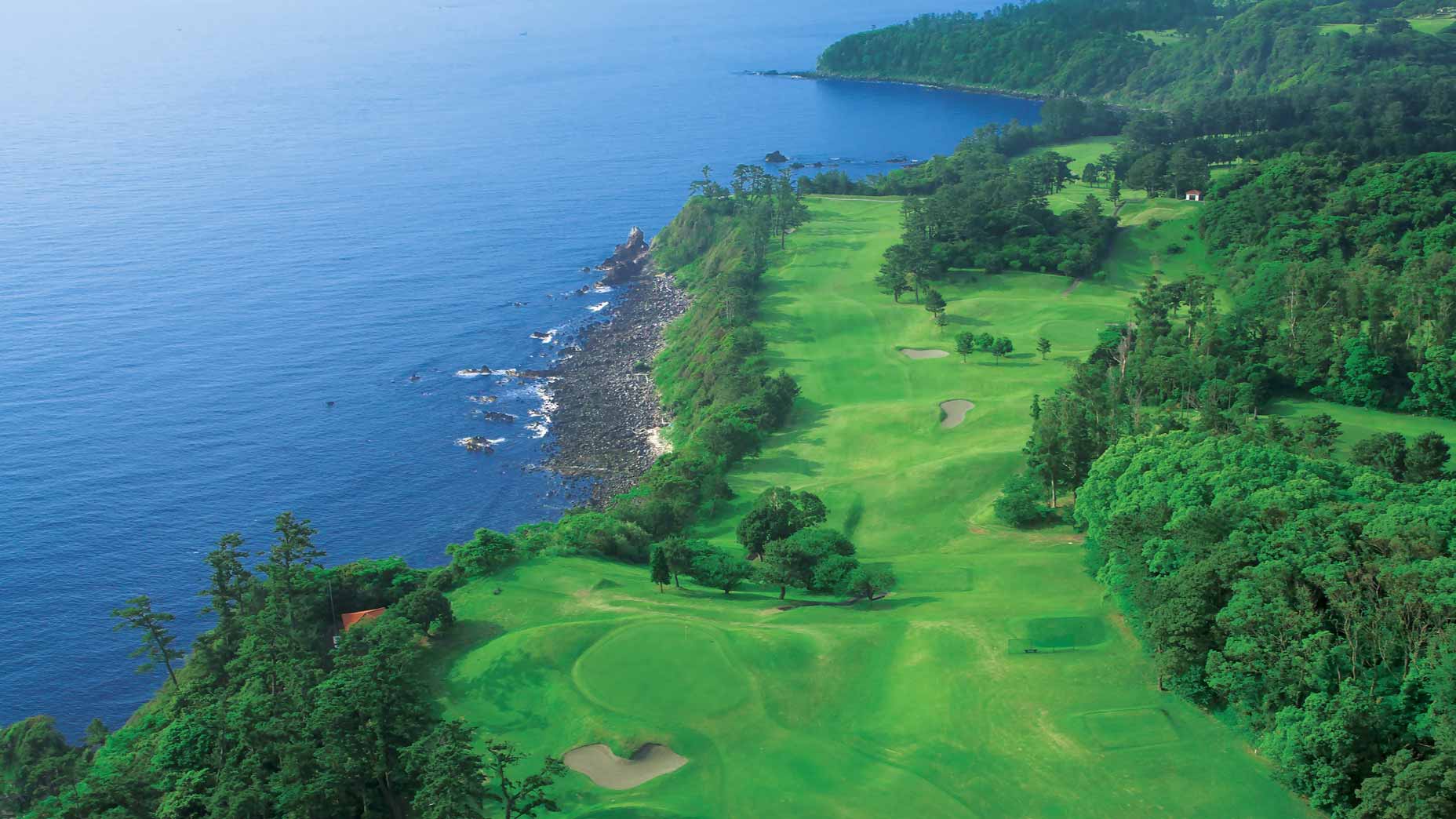
53. Kawana (Fuji)
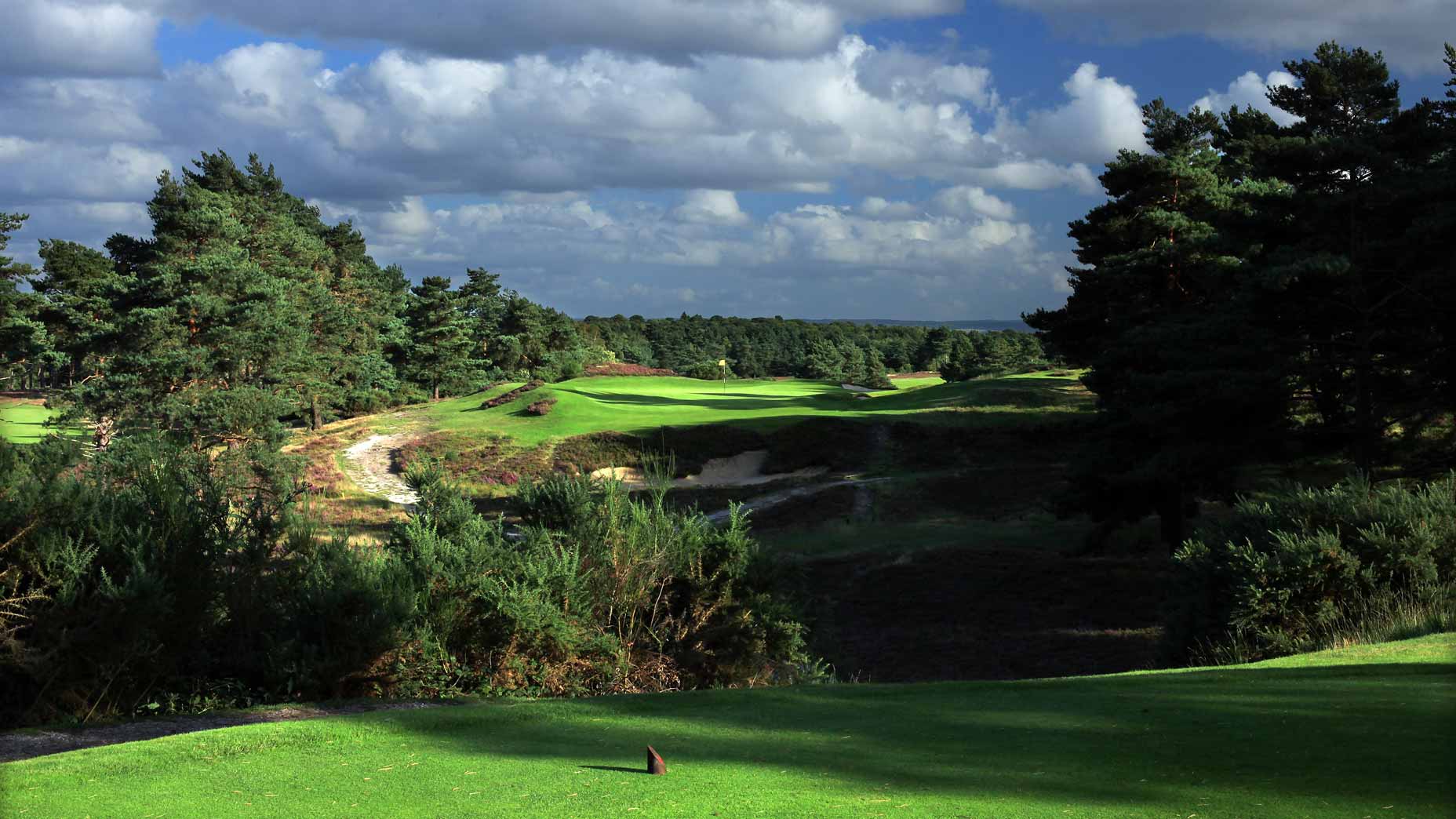
54. Sunningdale (New)
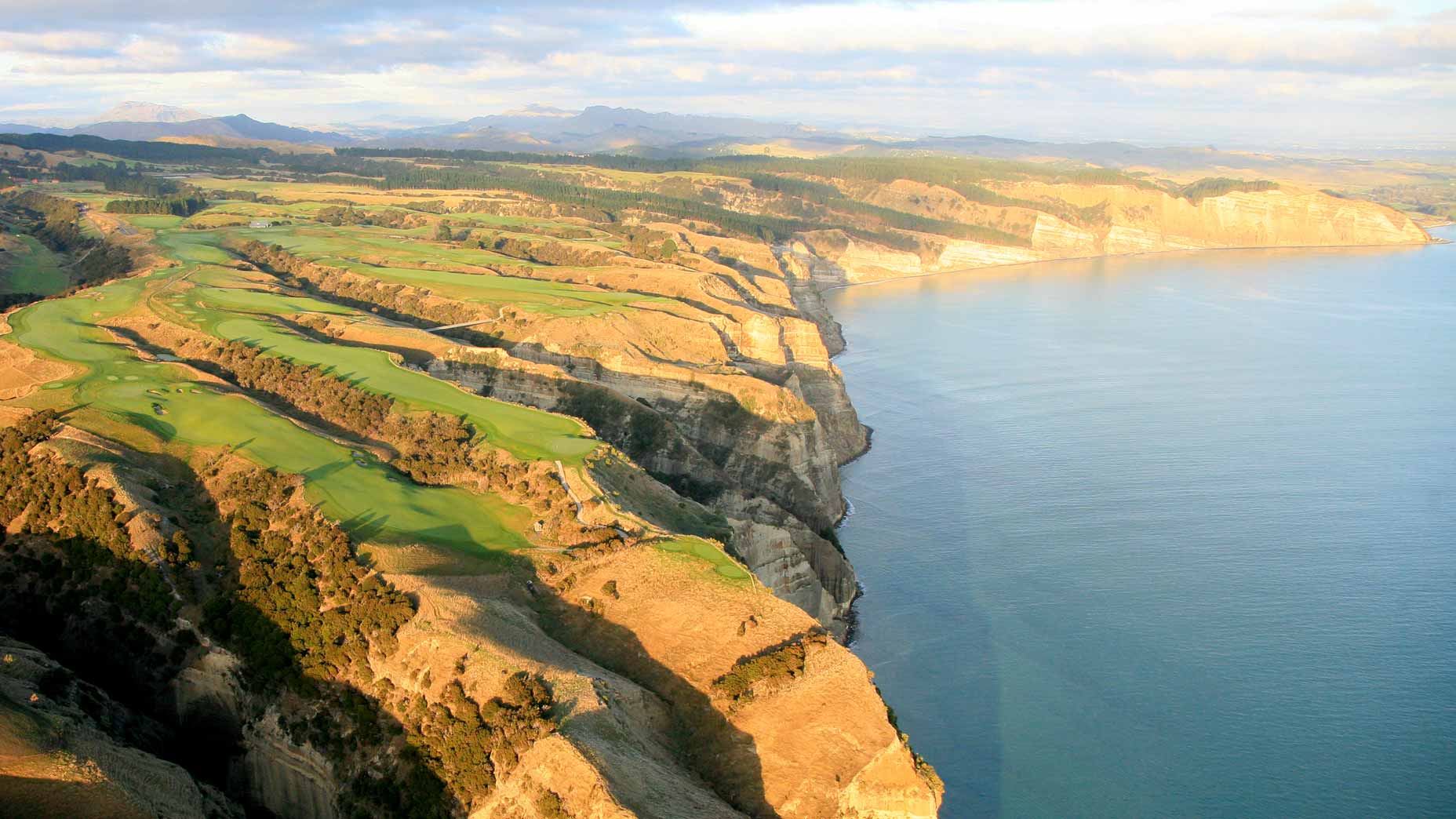
55. Cape Kidnappers

56. Cruden Bay
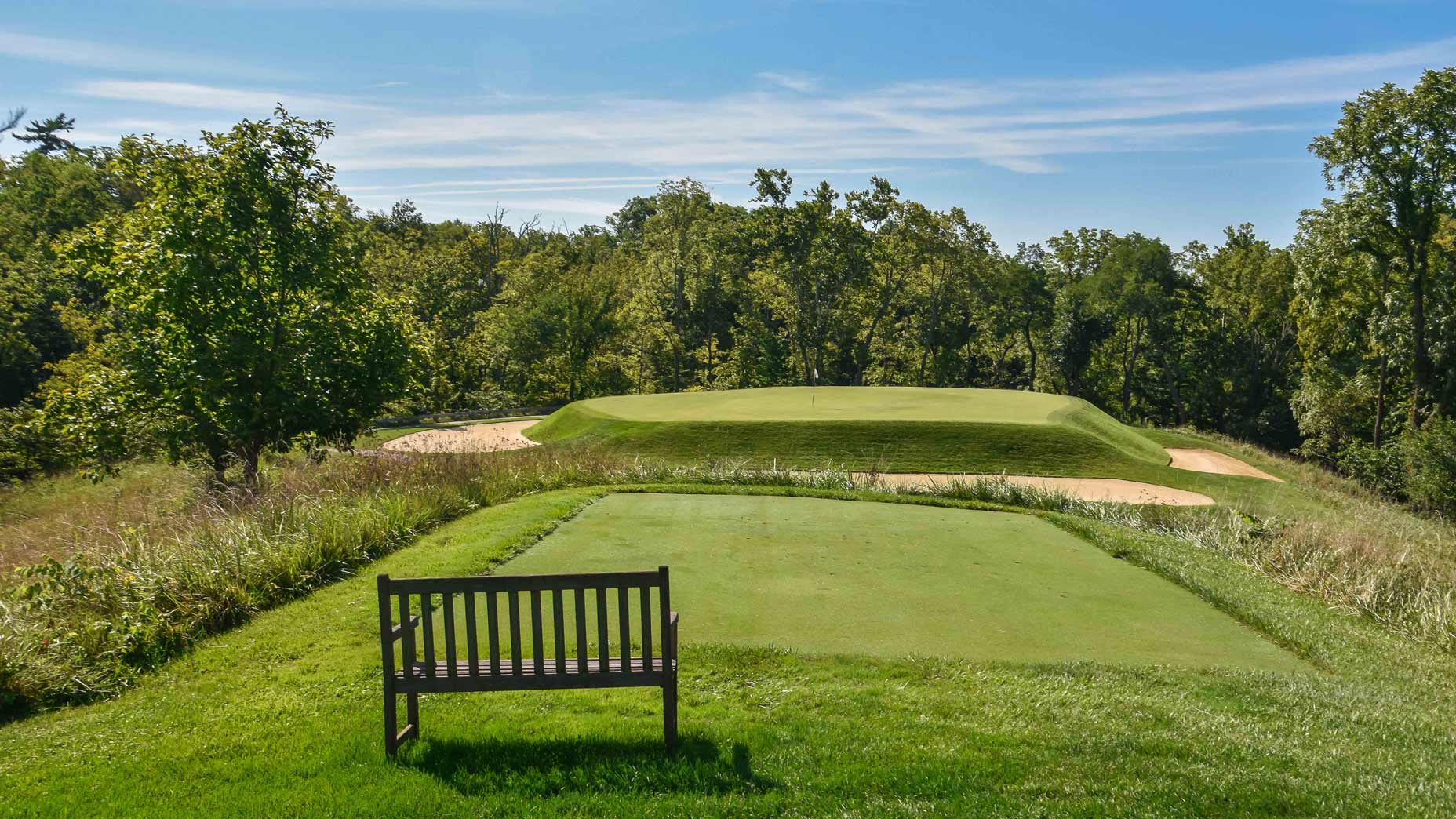
57. Camargo
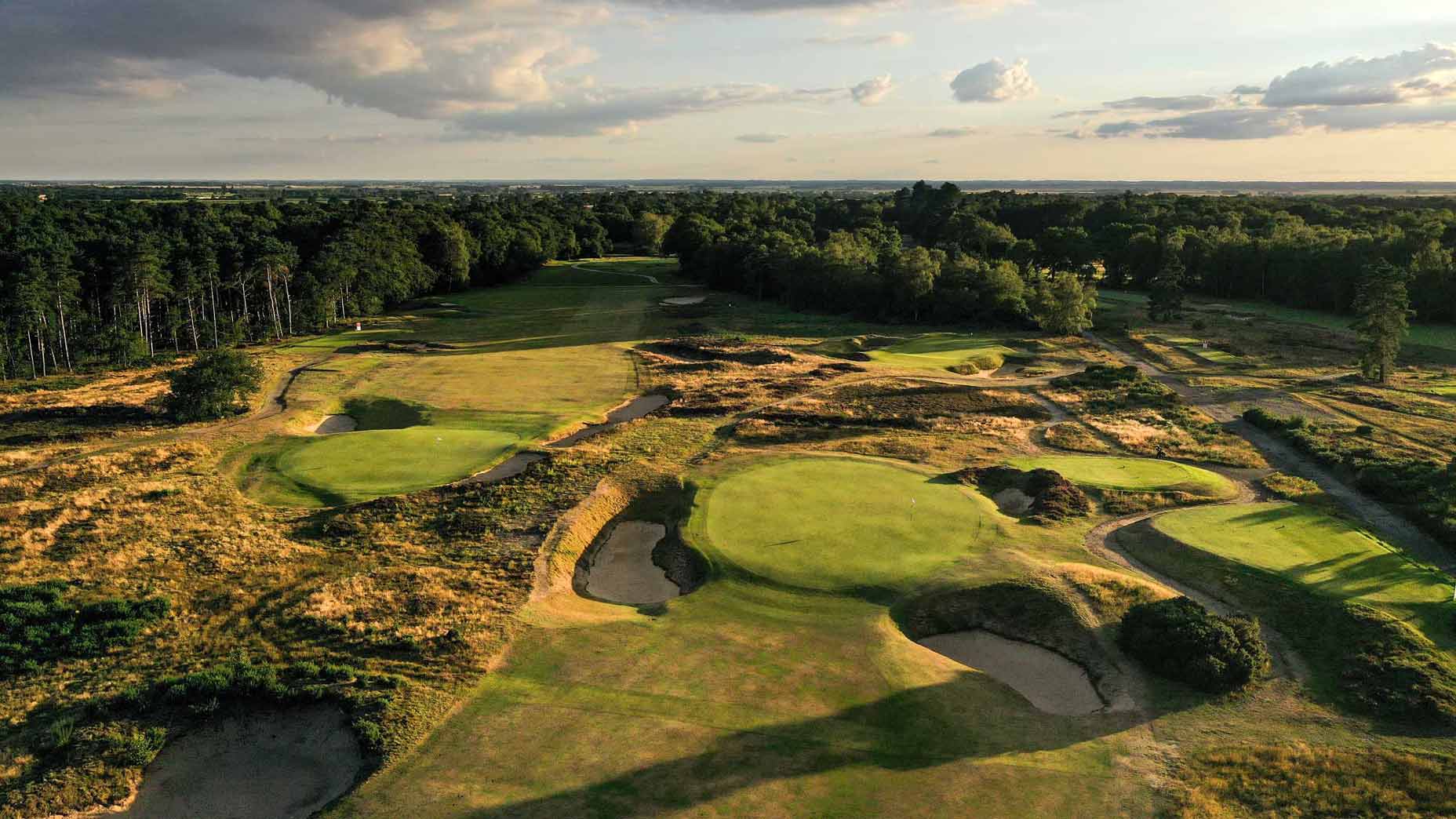
58. Woodhall Spa (Hotchkin)

59. Portmarnock (Old)
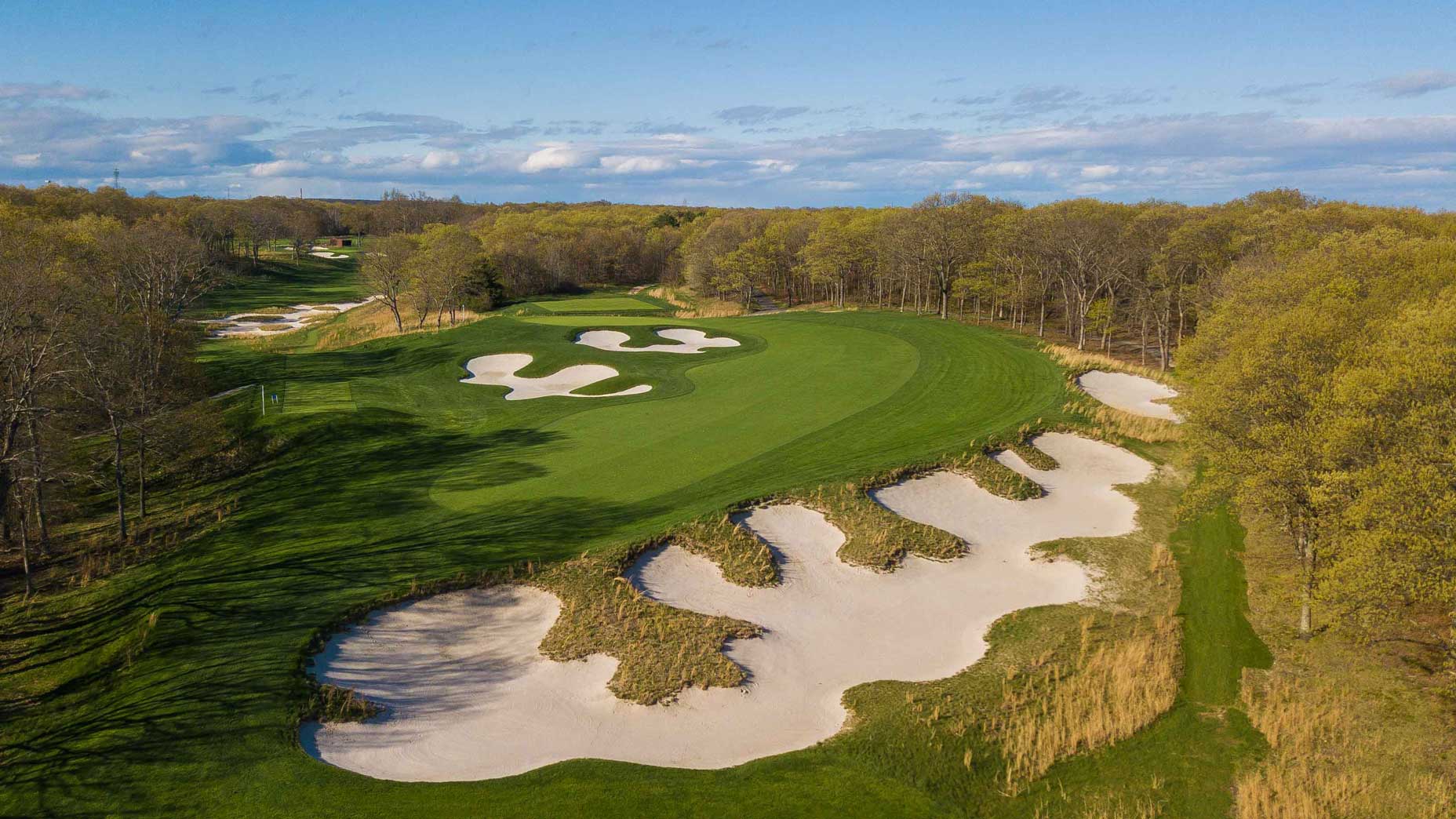
60. Bethpage (Black)
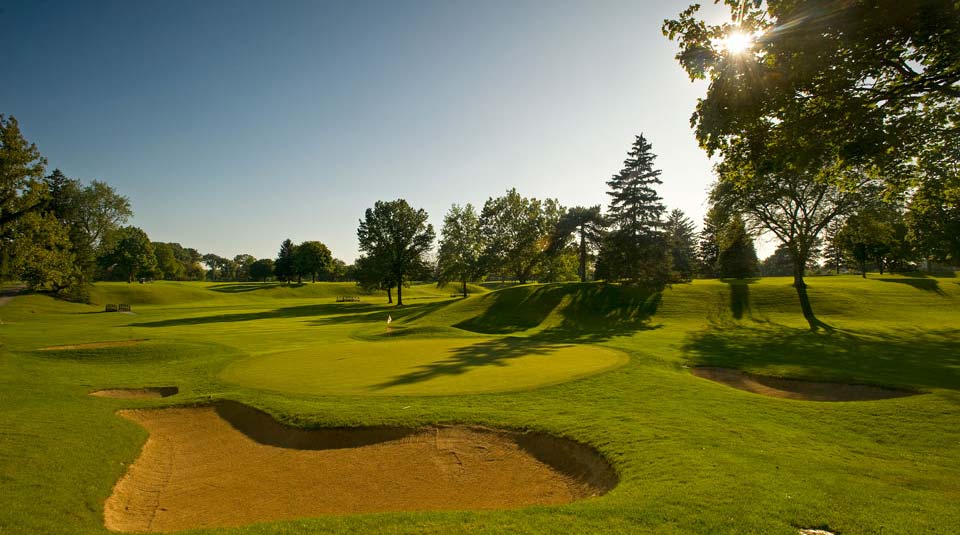
61. Inverness
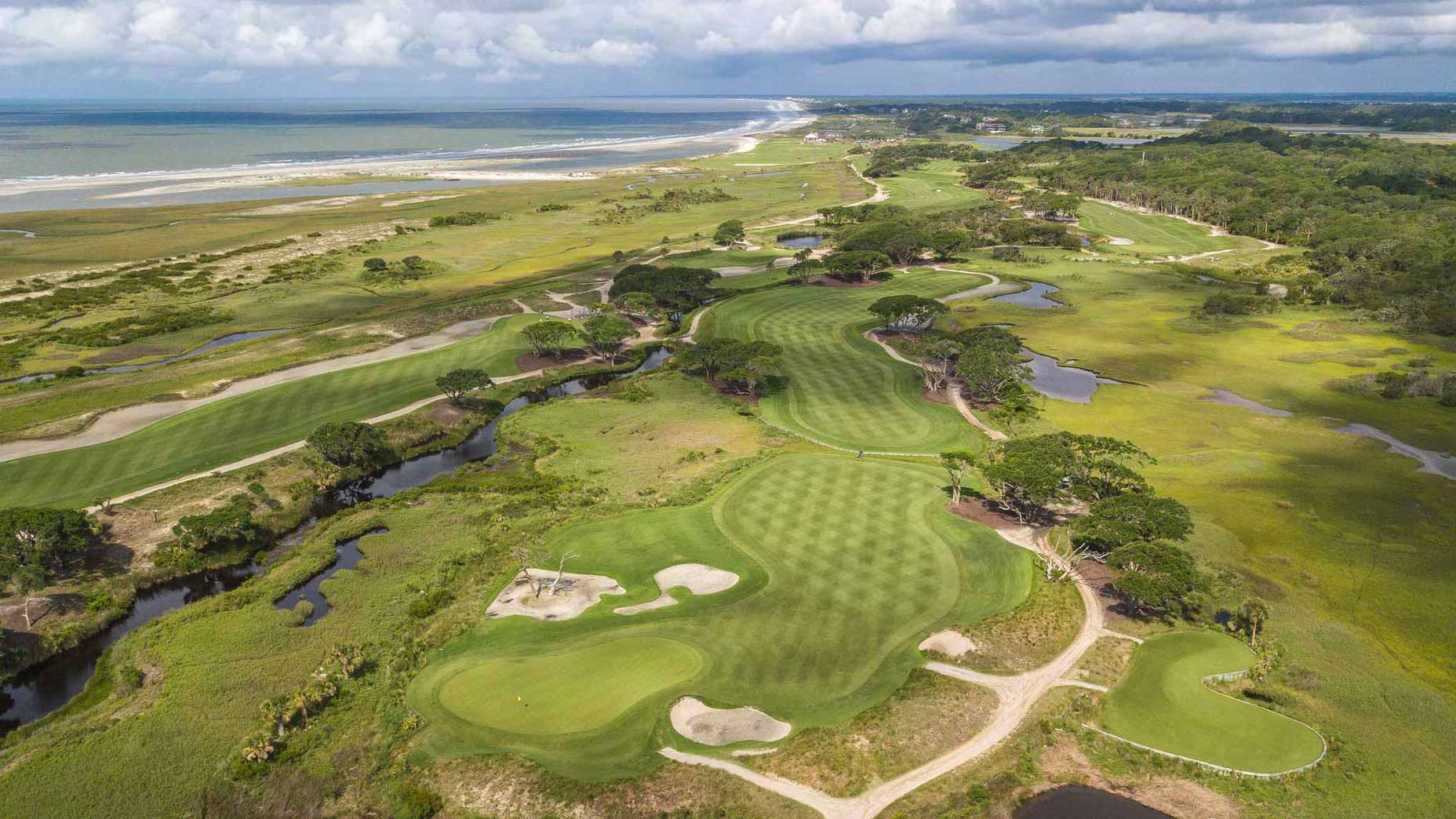
62. Kiawah Island (Ocean)

63. Prestwick
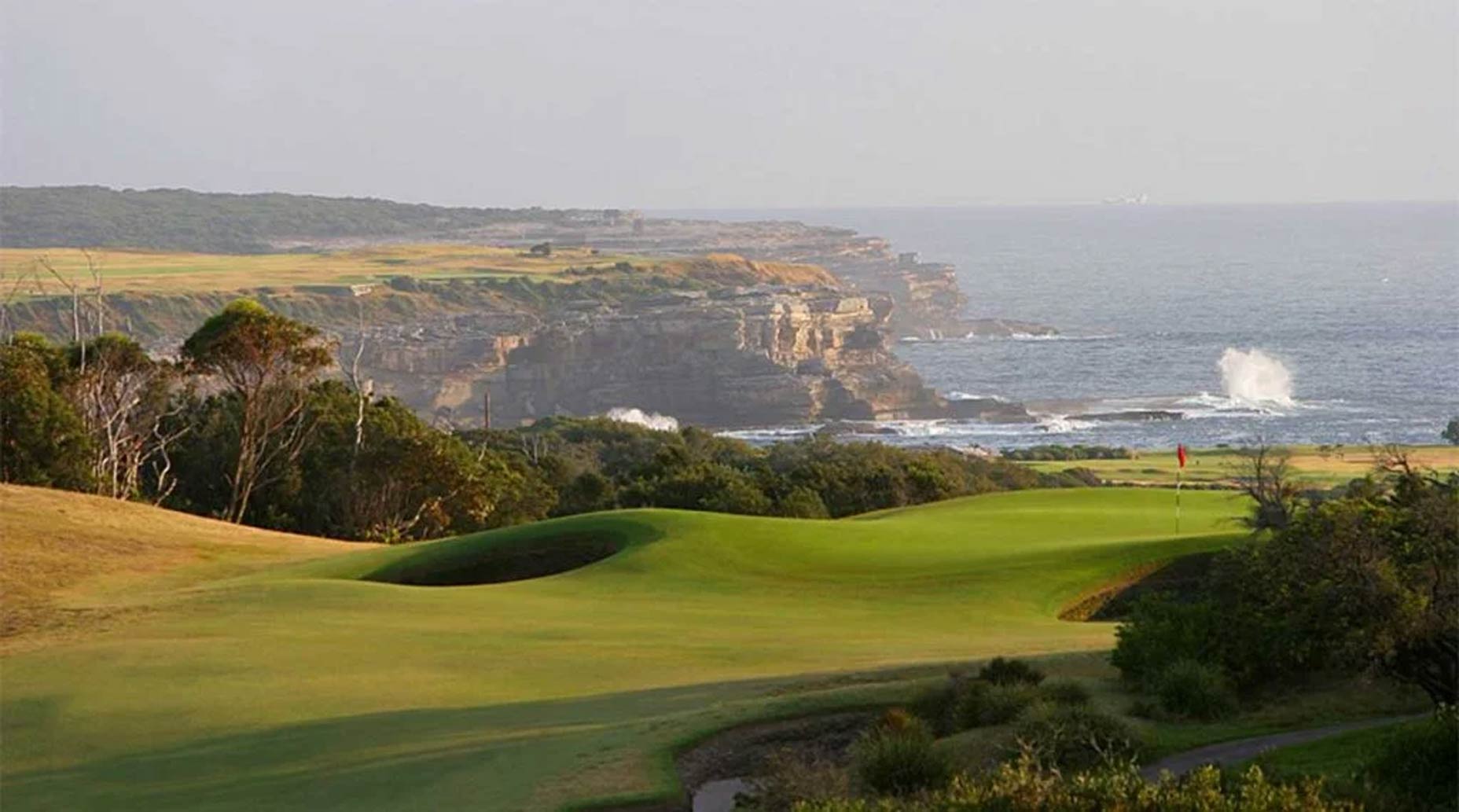
64. New South Wales
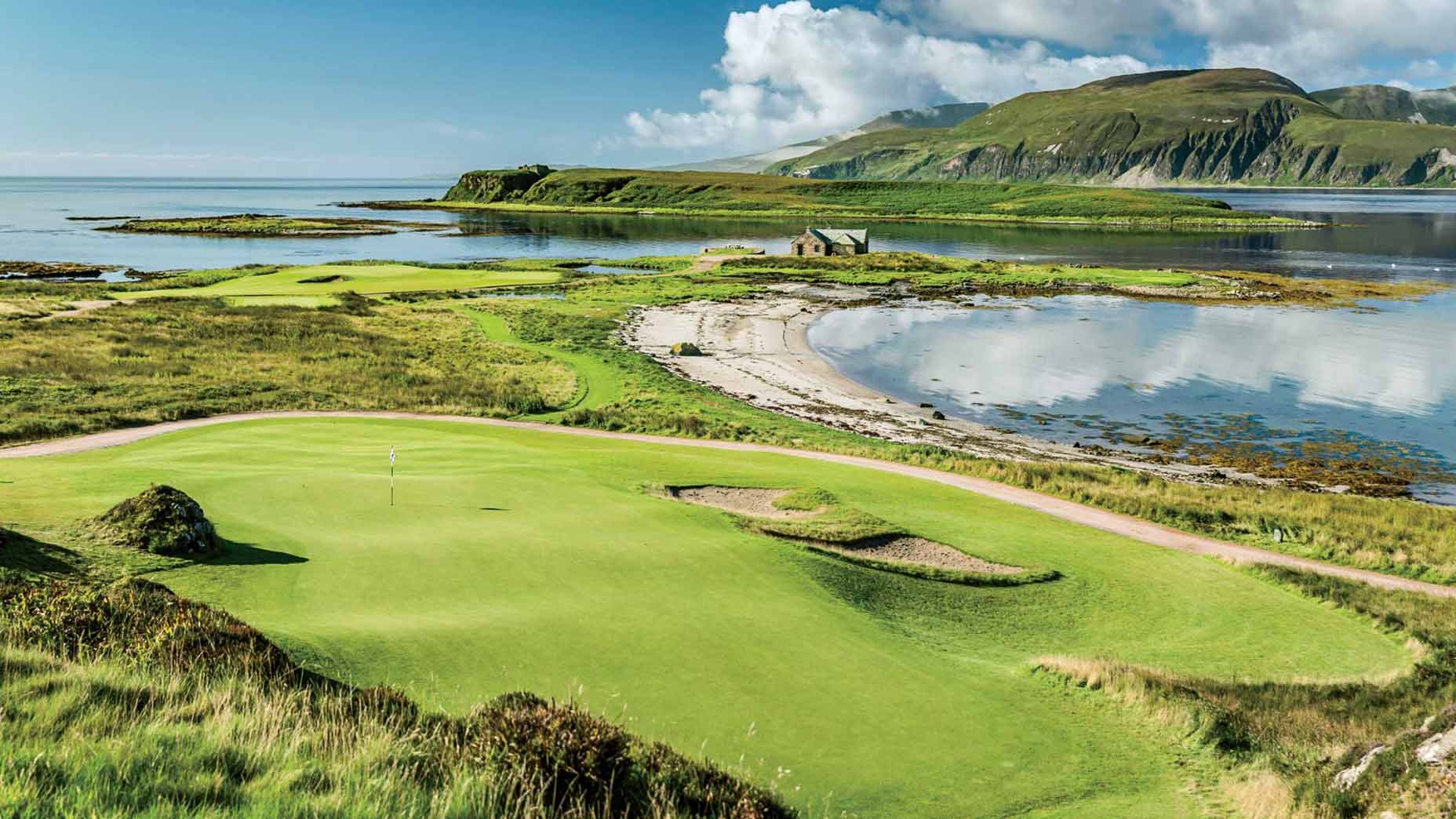
65. Ardfin
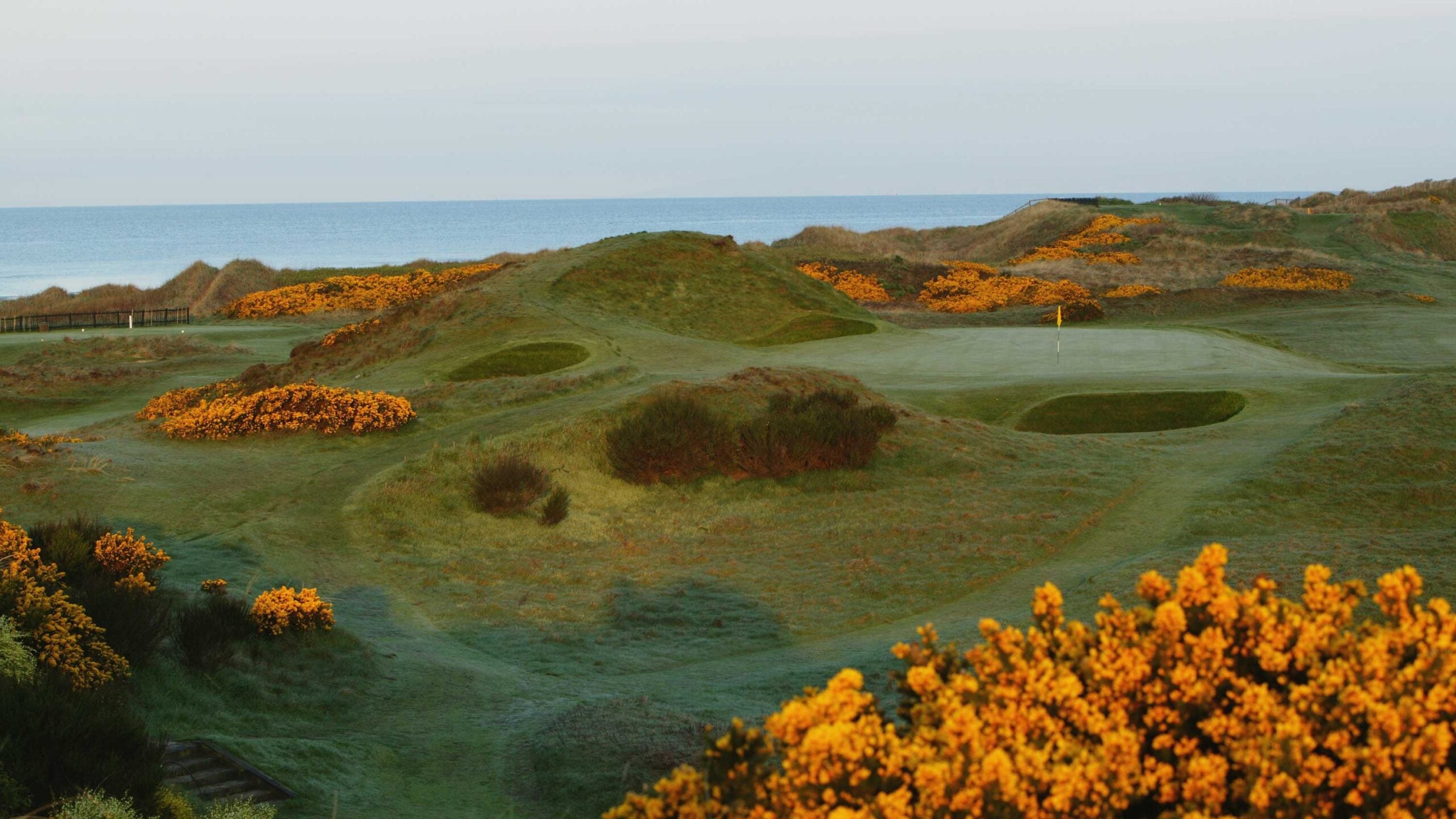
66. Royal Troon (Old)

67. Baltusrol (Lower)

68. Sand Valley (The Lido)
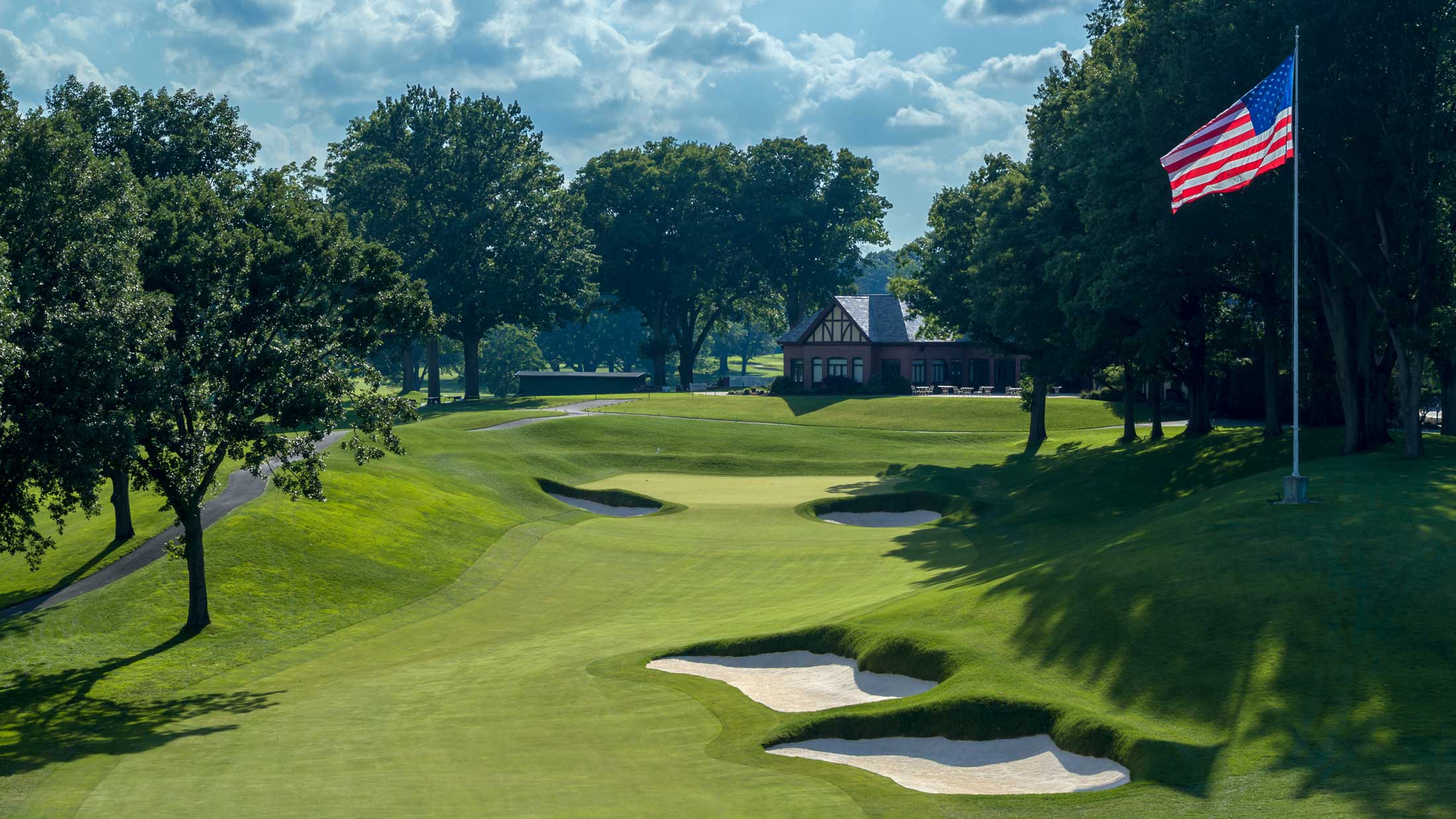
69. Oak Hill (East)

70. Sleepy Hollow
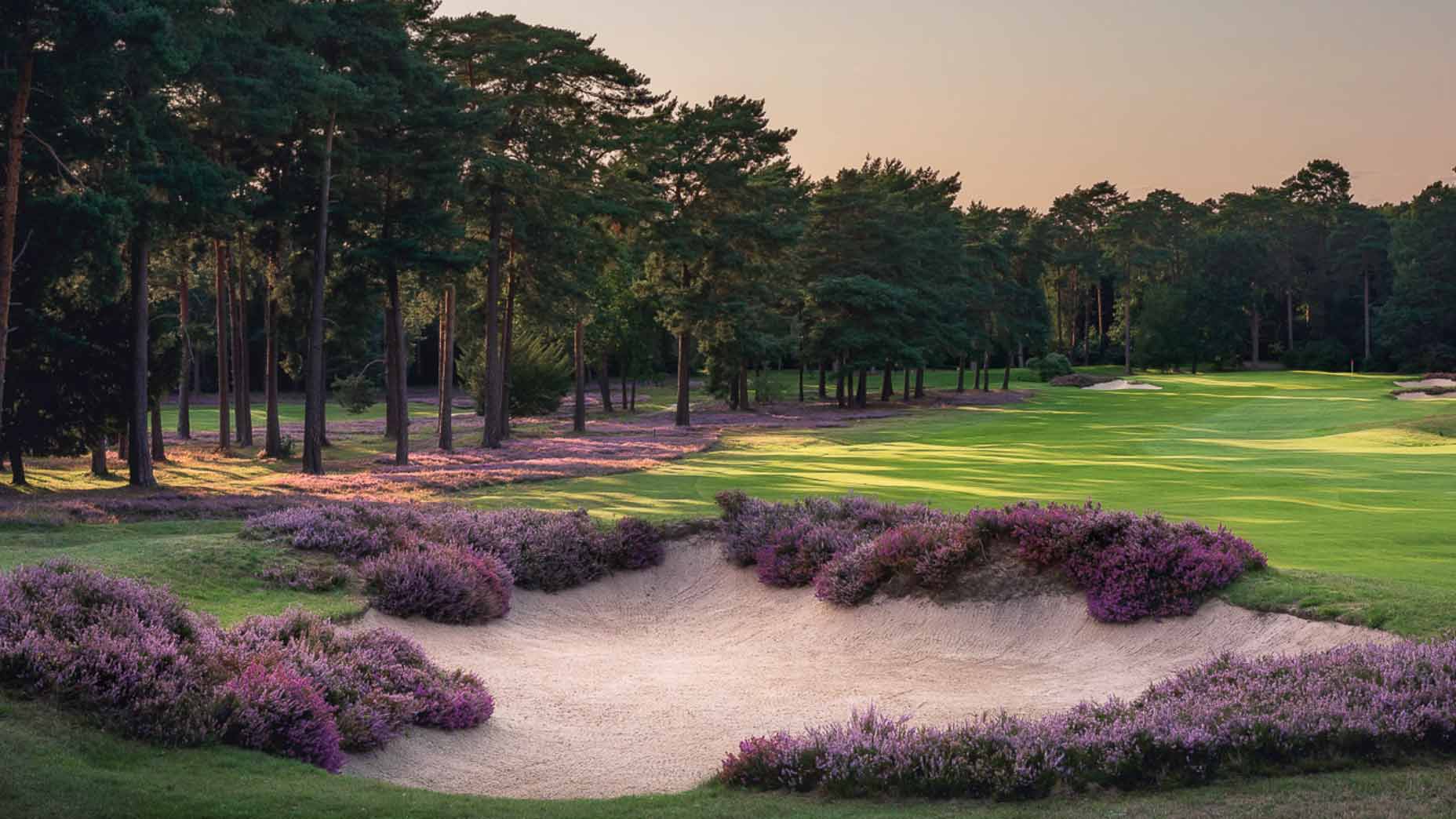
71. St. George's Hill (A & B)

72. Rye (Old)
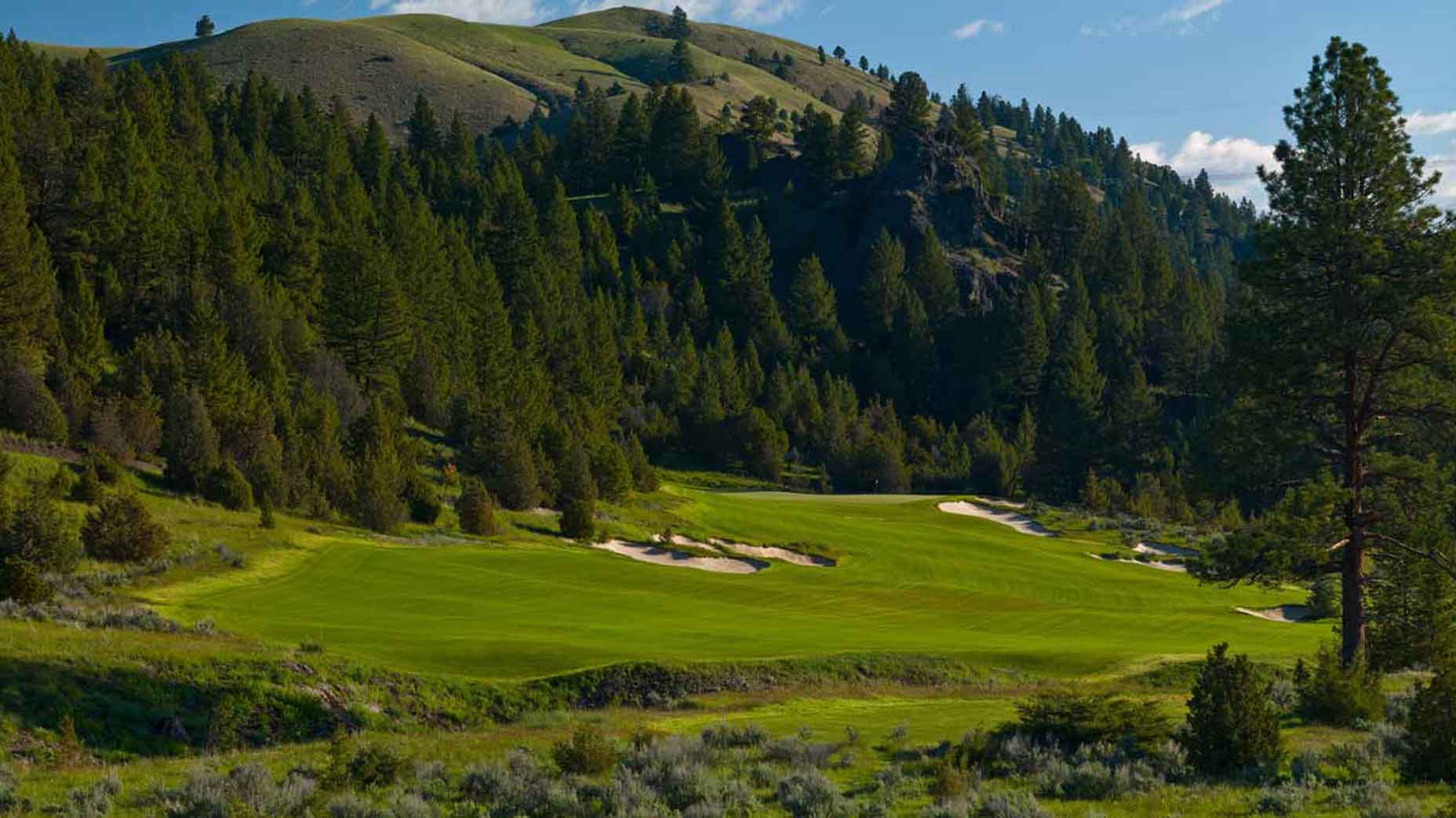
73. Rock Creek Cattle Company

74. Royal Lytham & St. Annes
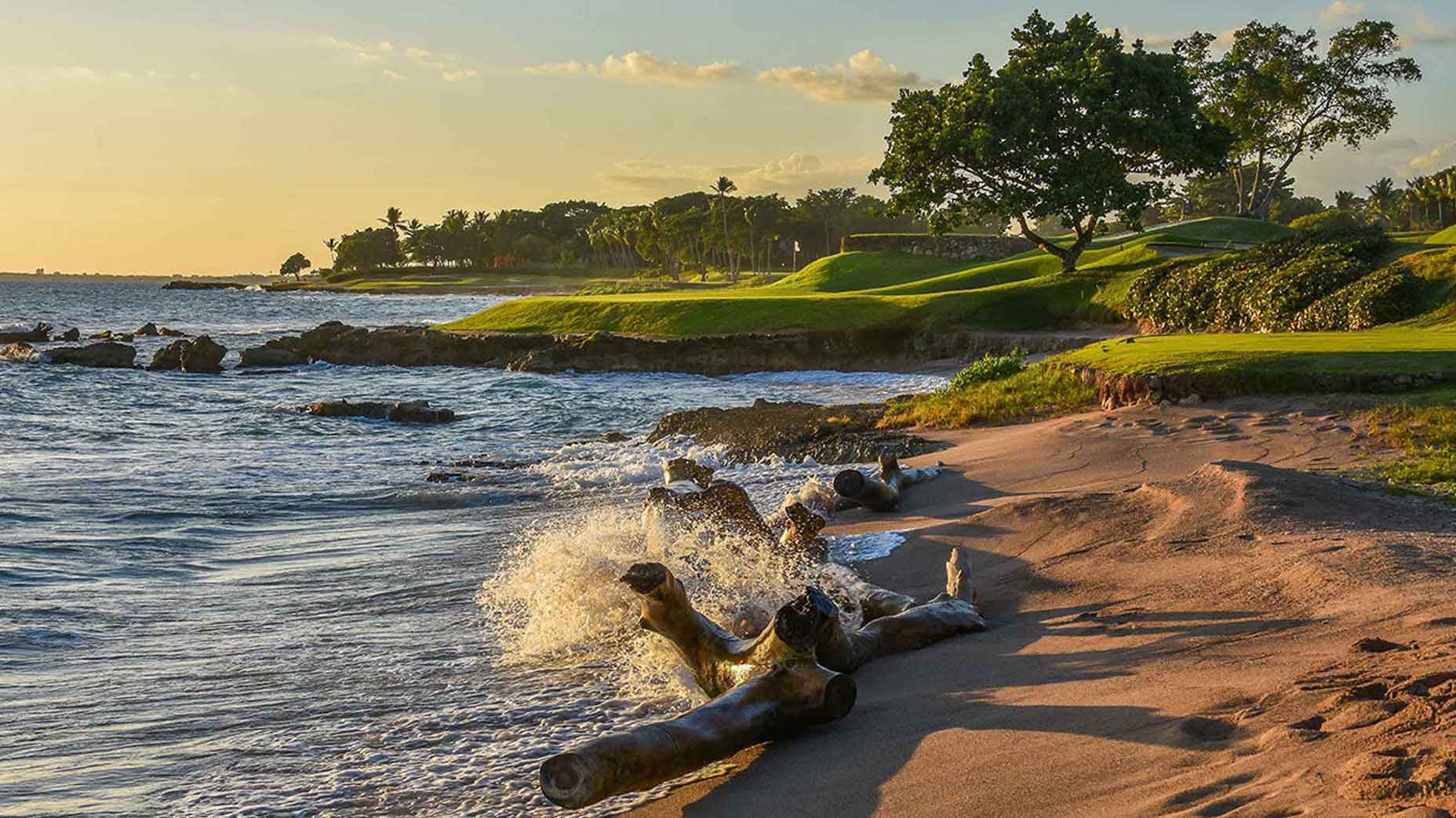
75. Casa De Campo (Teeth of the Dog)

76. Point Hardy Golf Club
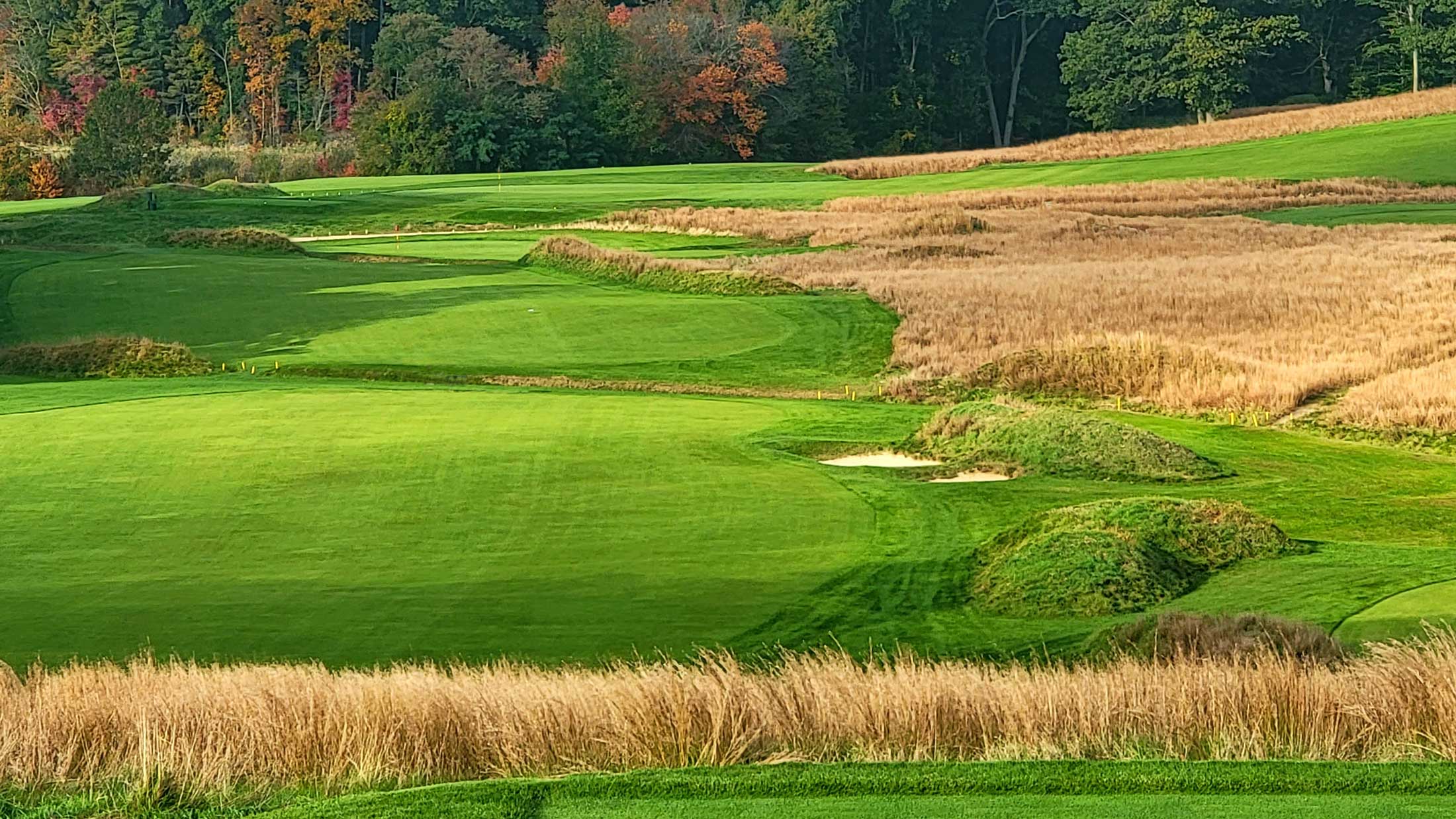
77. Myopia Hunt Club
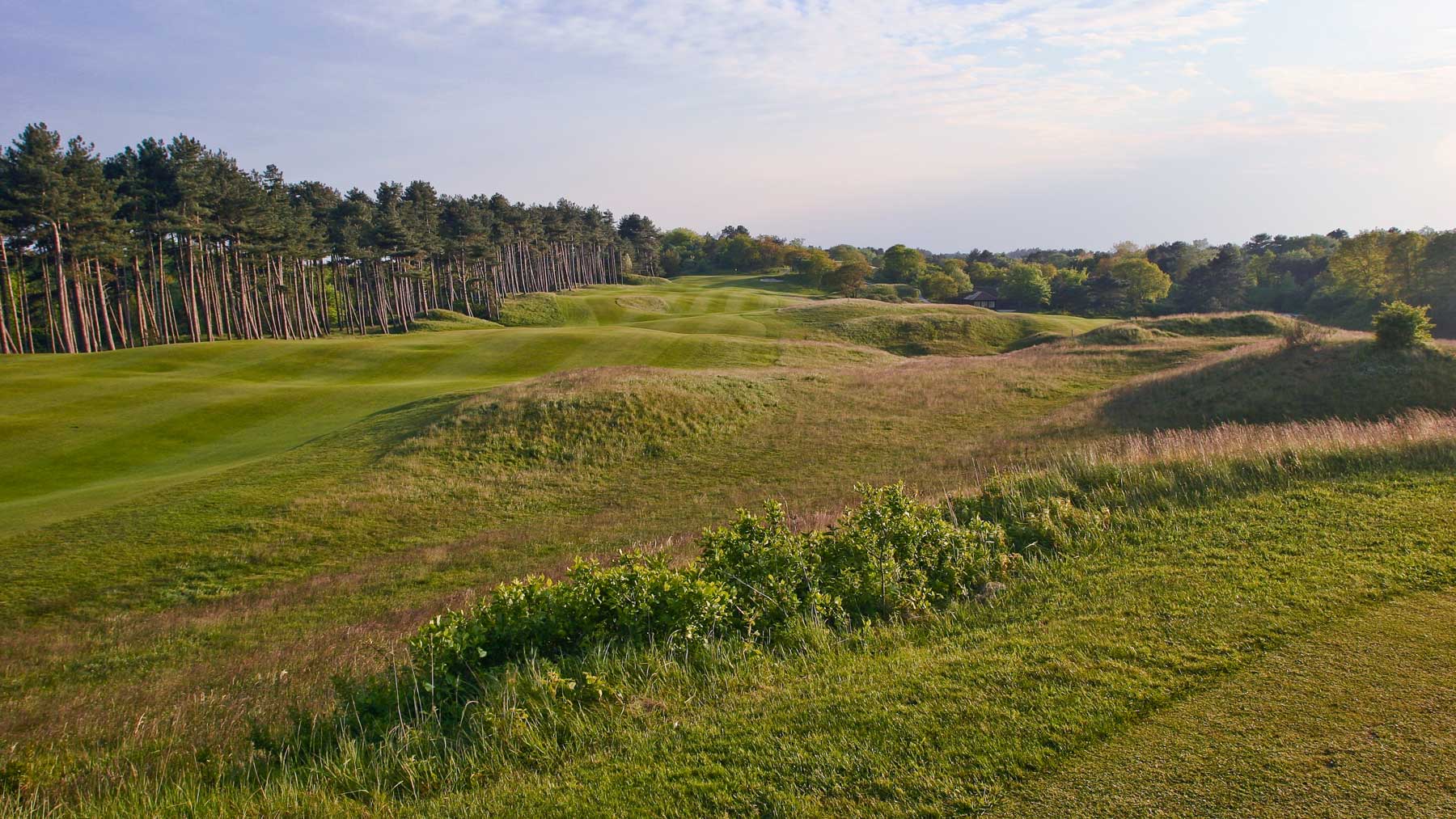
78. Royal Hague

79. Cabot Cape Breton (Cabot Links)

80. Winged Foot (East)

81. Ohoopee Match Club
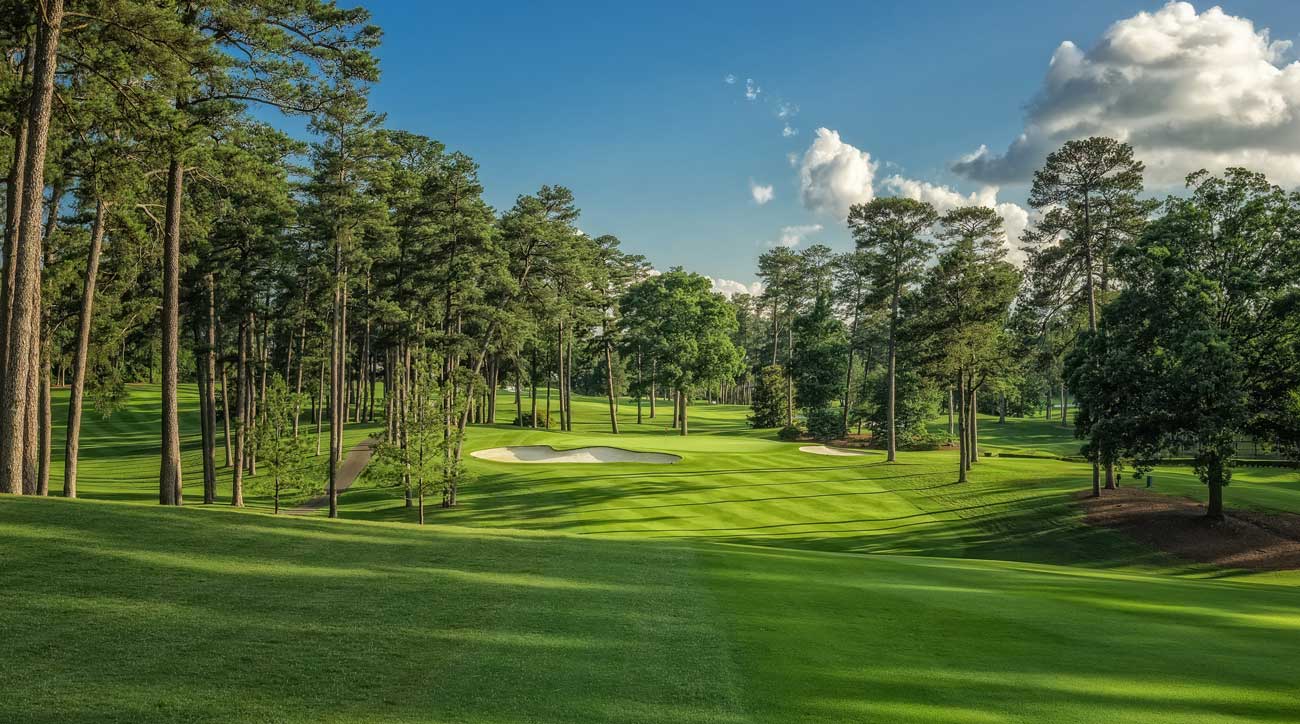
82. Peachtree
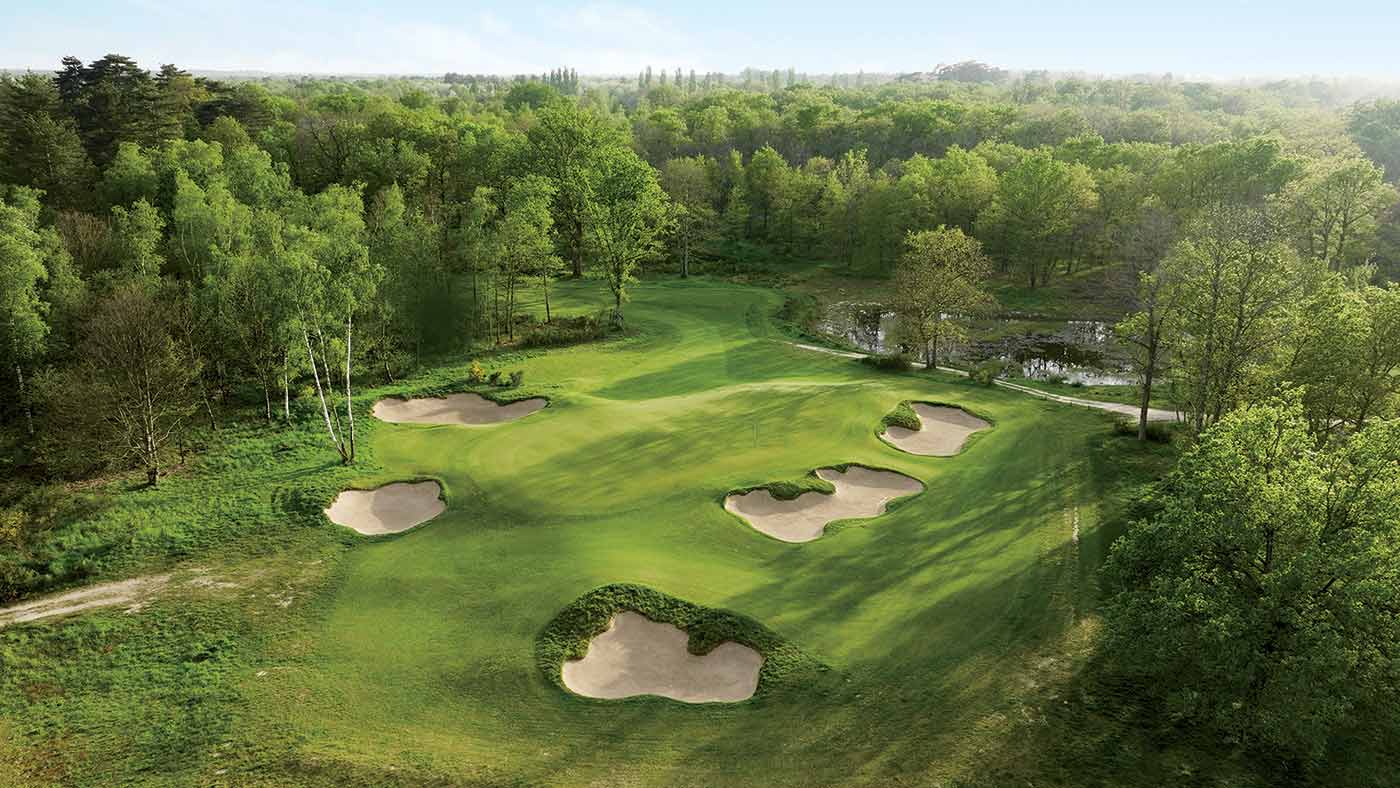
83. Les Bordes (New)
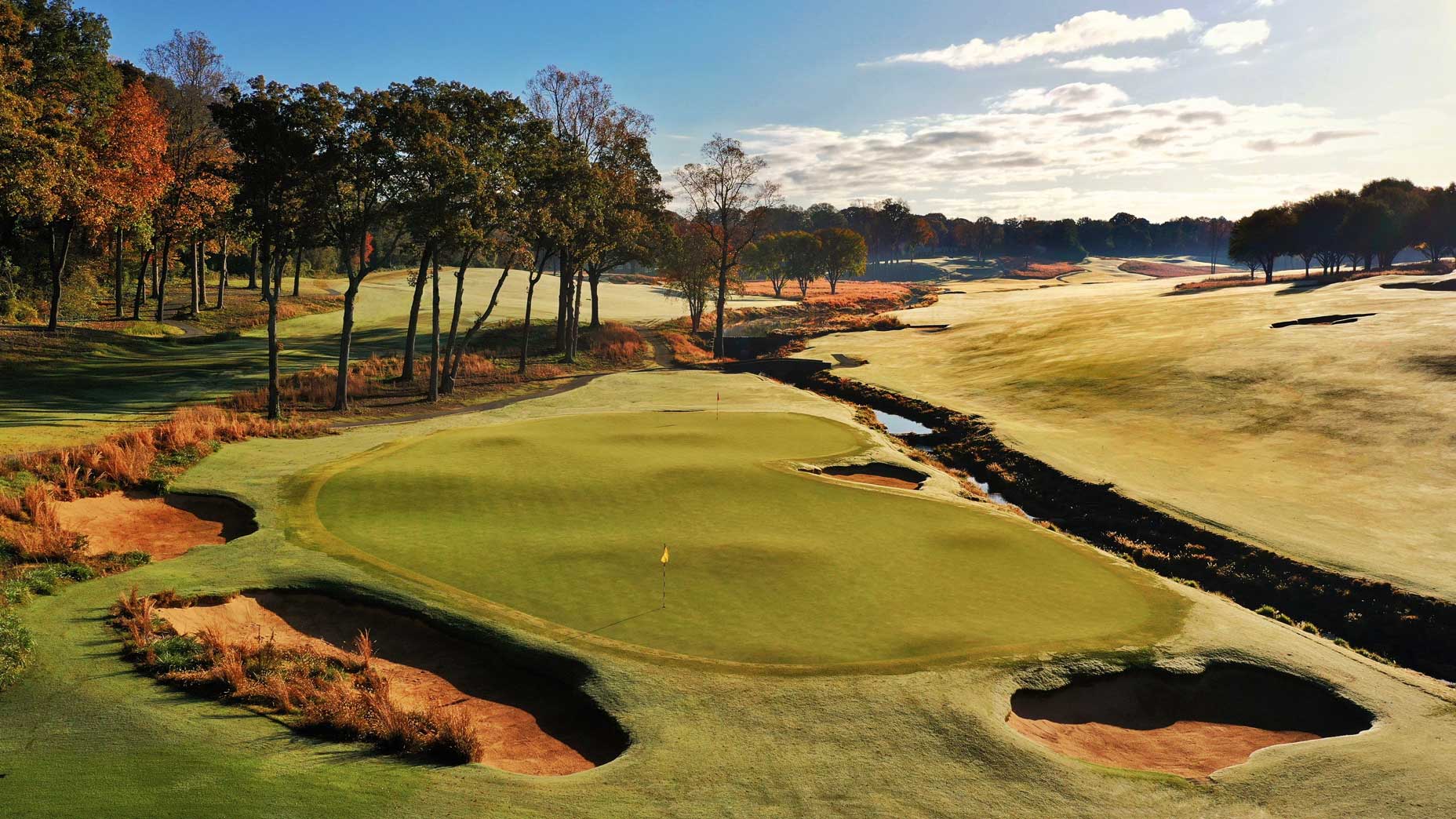
84. Old Town

85. Te Arai (South)
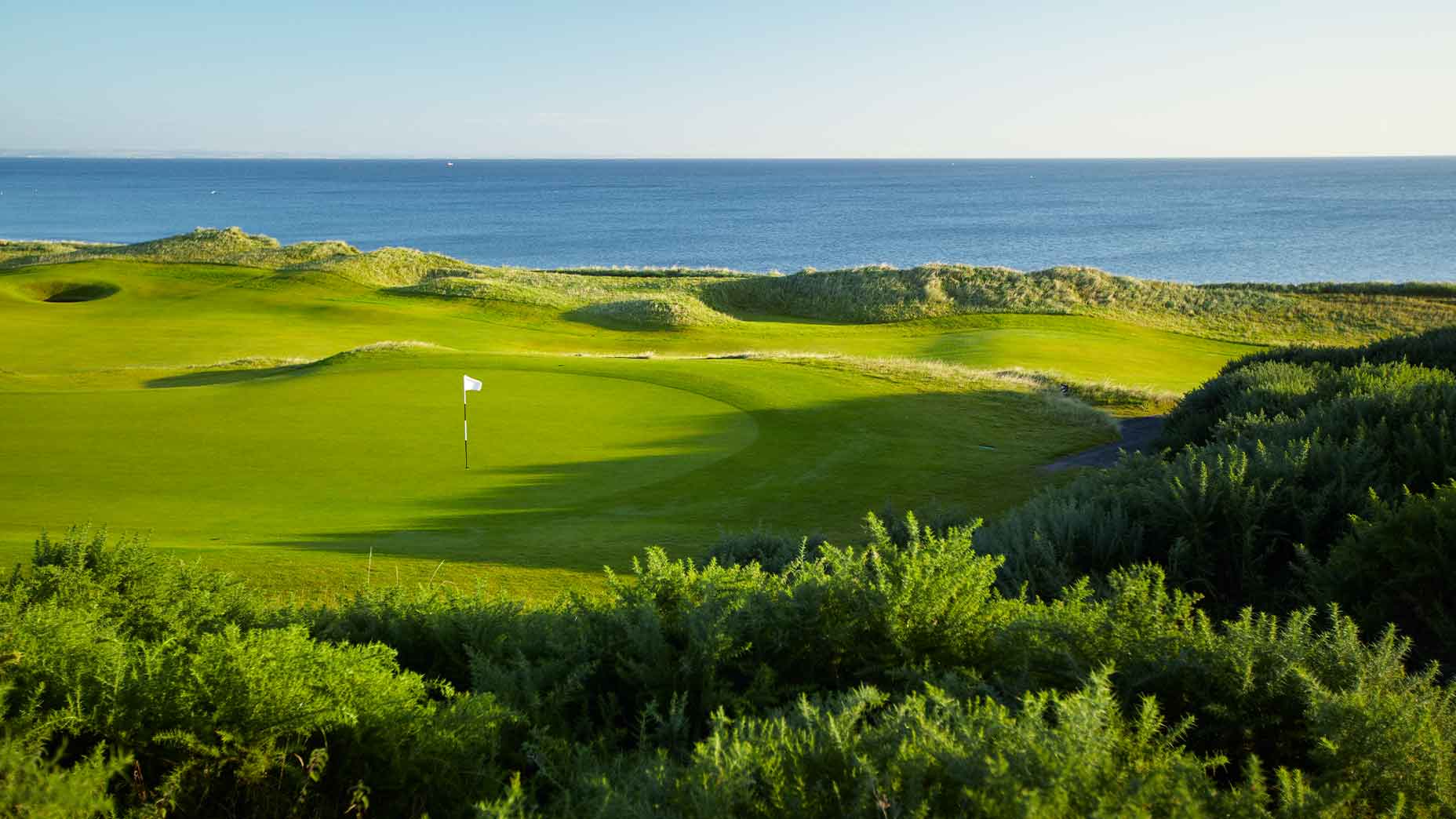
86. Kingsbarns
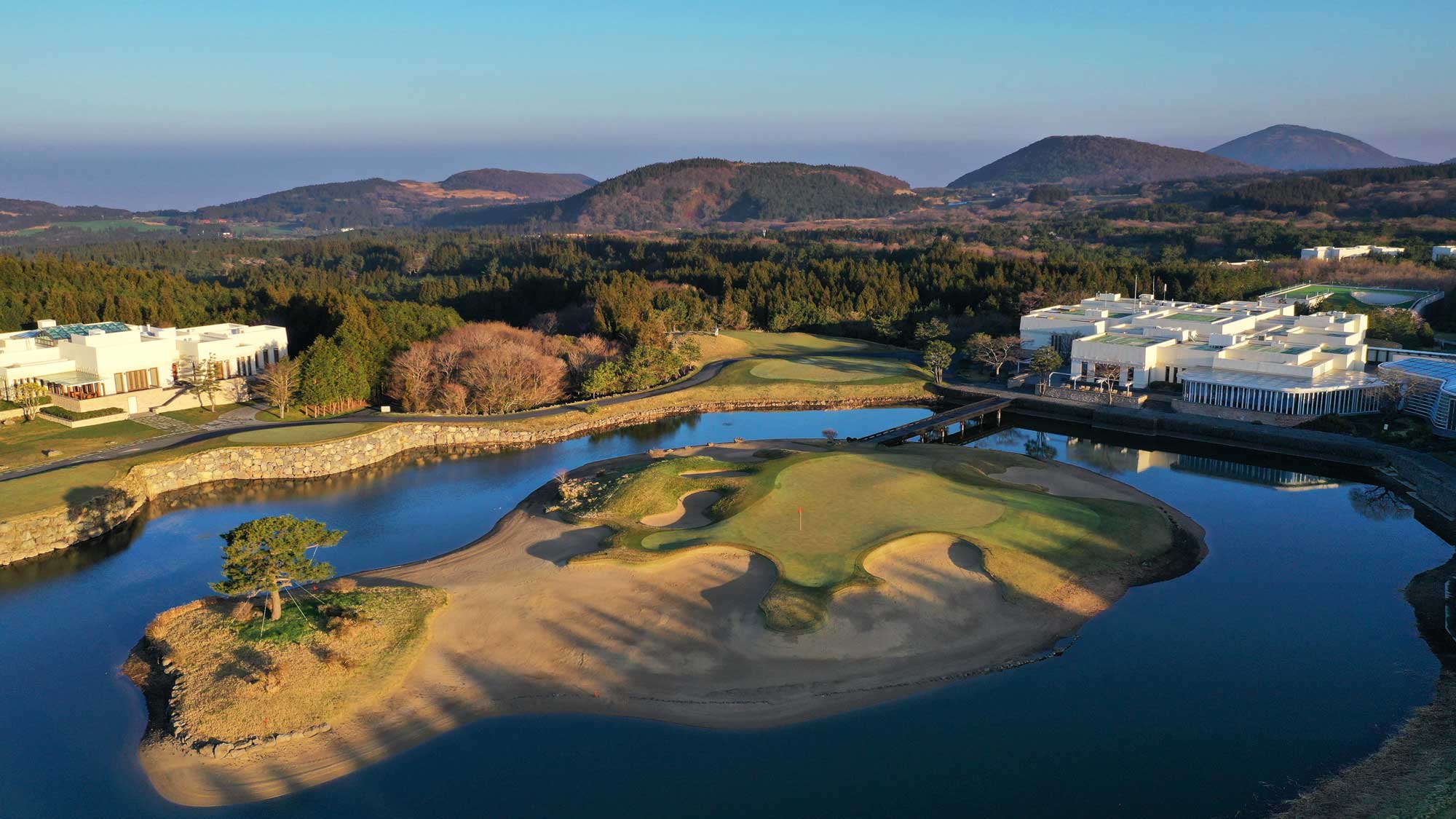
87. Nine Bridges

88. Lofoten Links
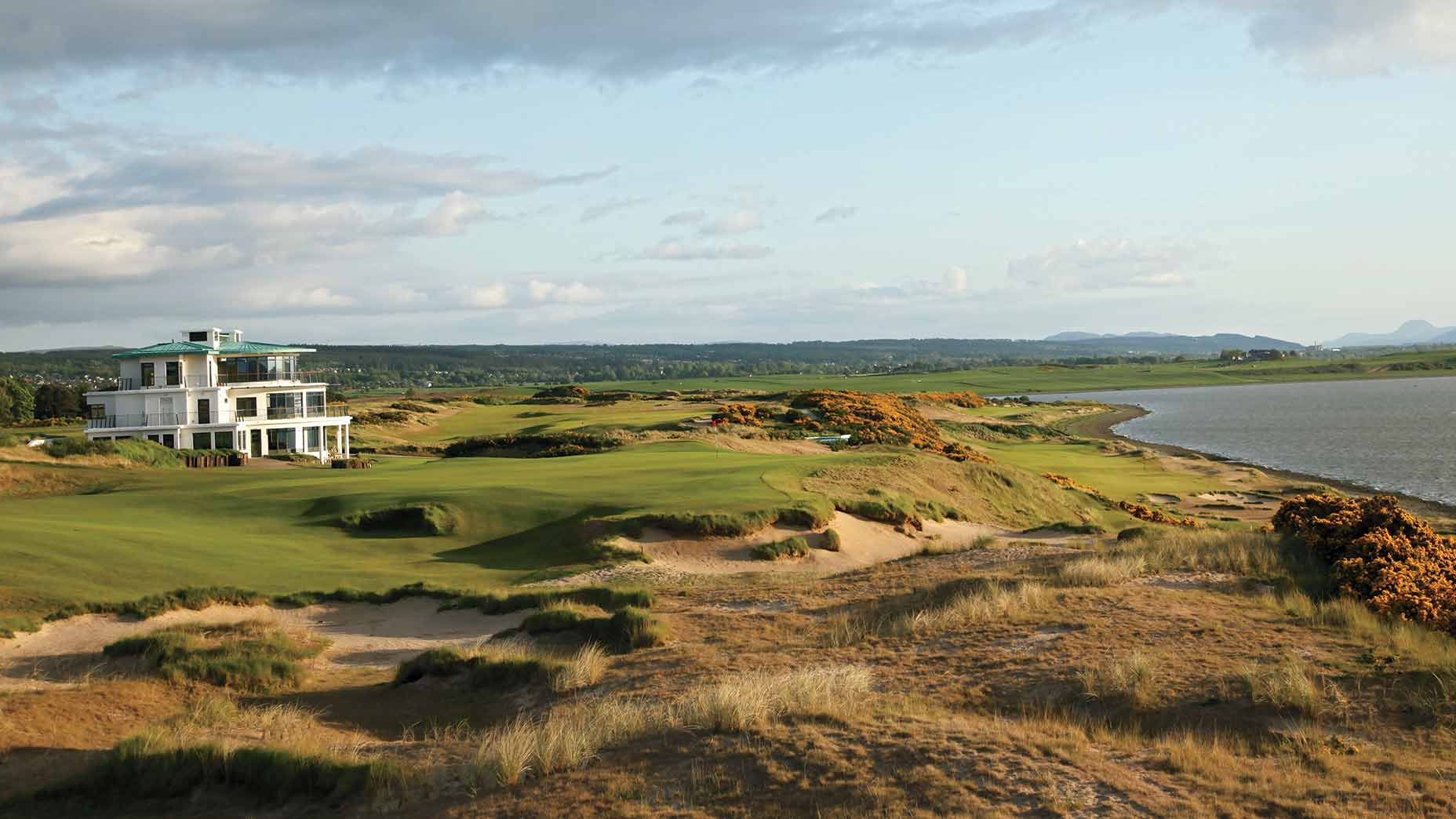
89. Cabot Highlands (Castle Stuart)
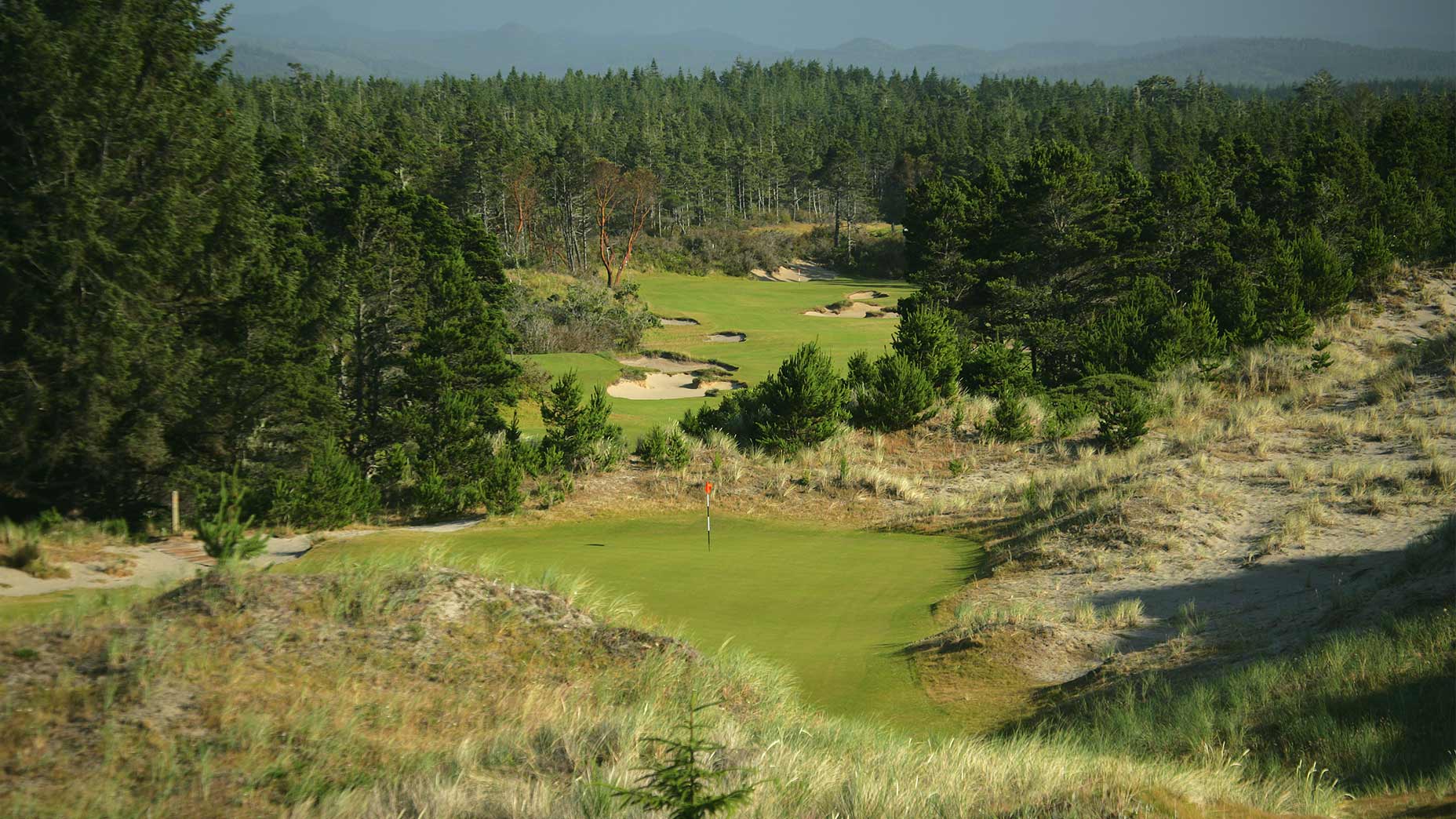
90. Bandon Trails
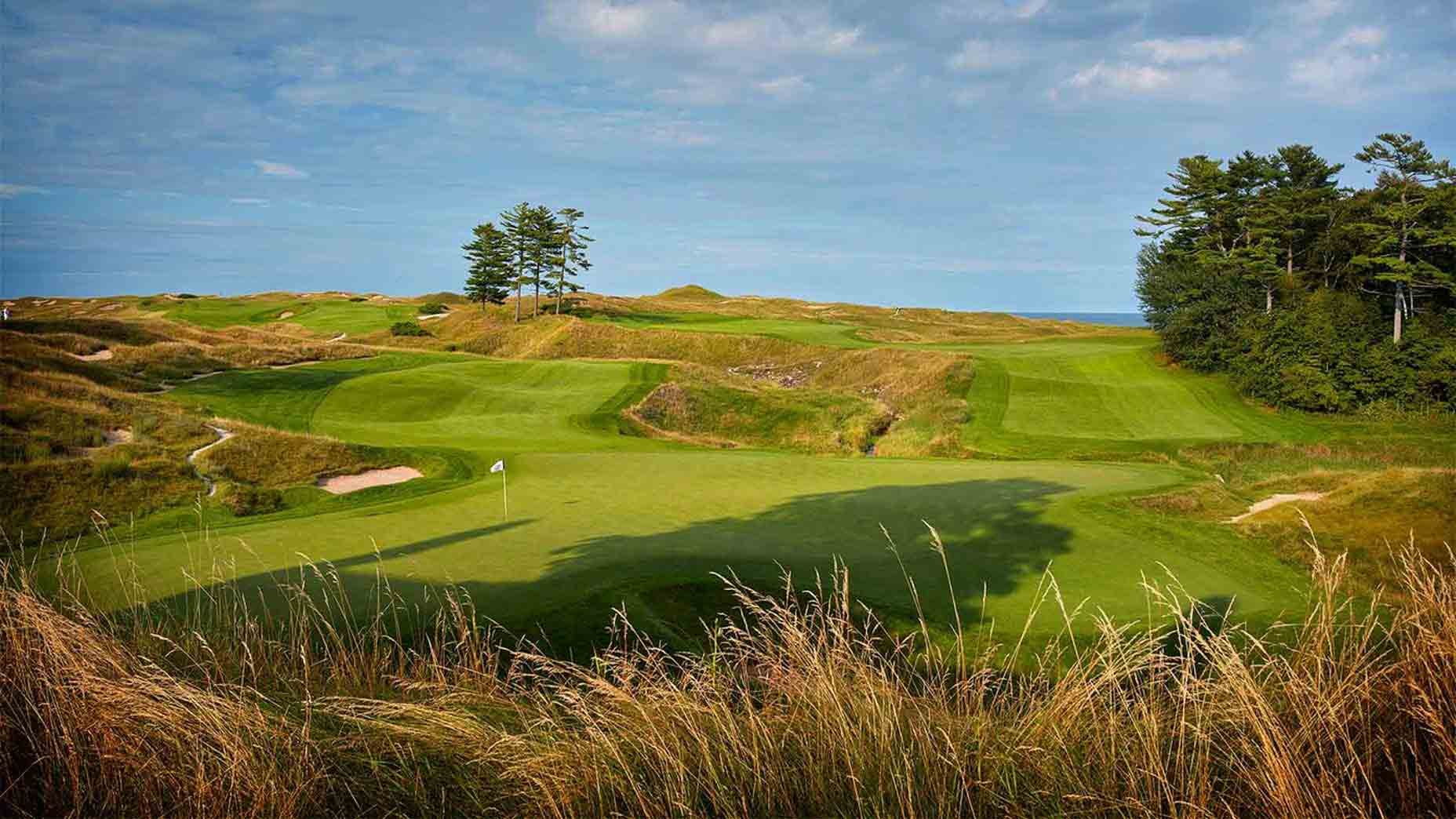
91. Whistling Straits
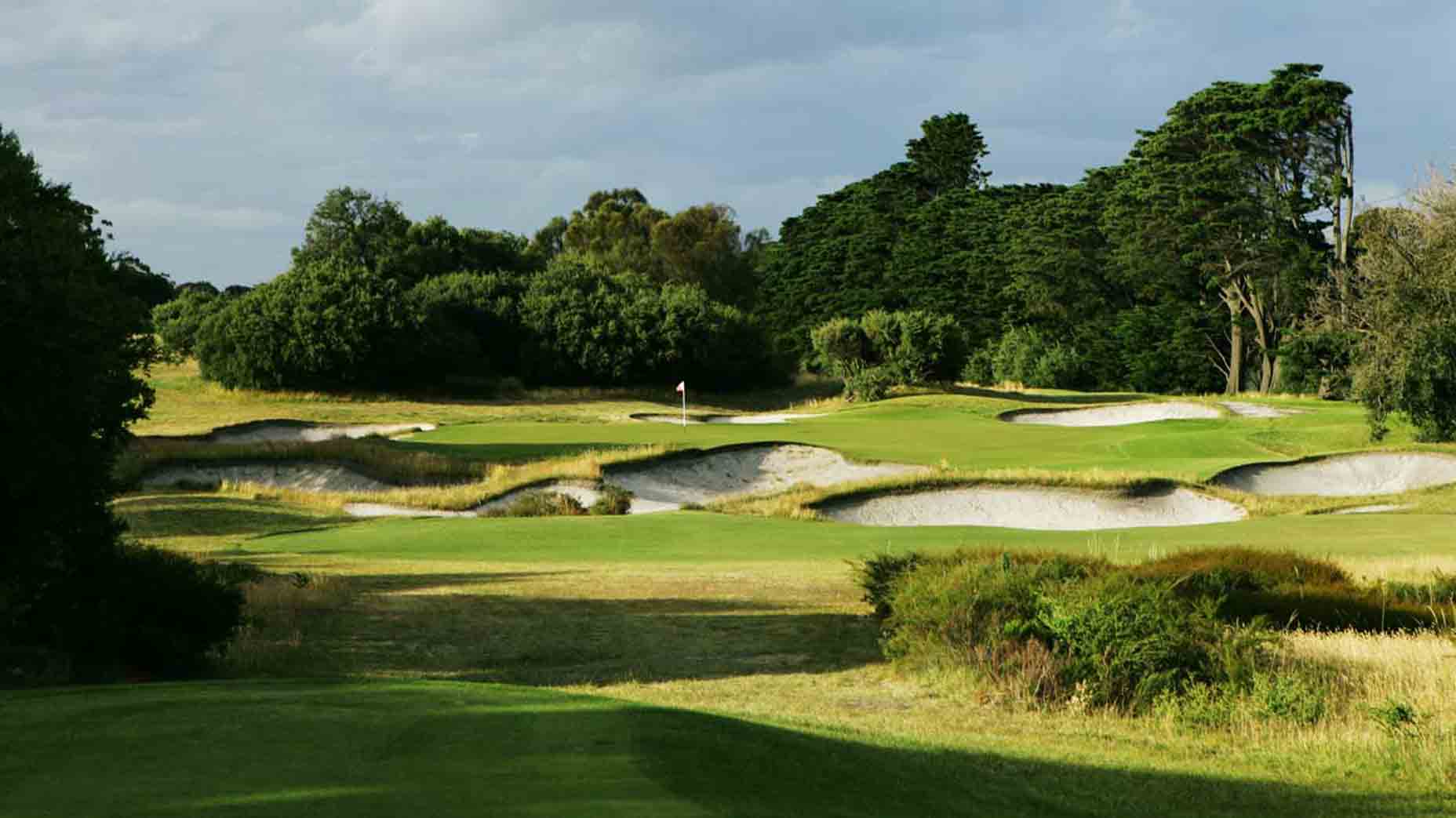
92. Royal Melbourne (East)
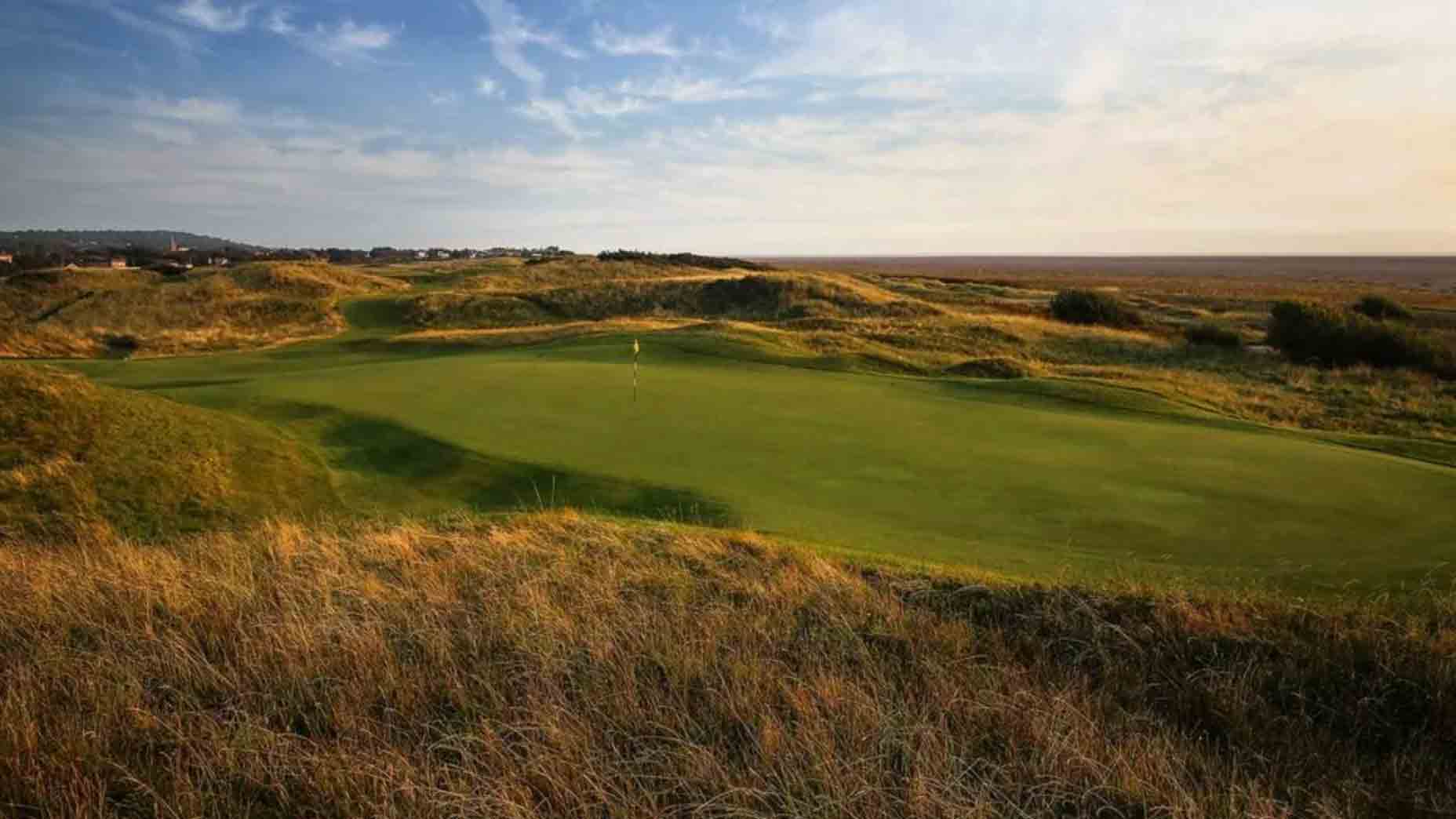
93. Royal Liverpool

94. Bandon Dunes

95. Shanqin Bay
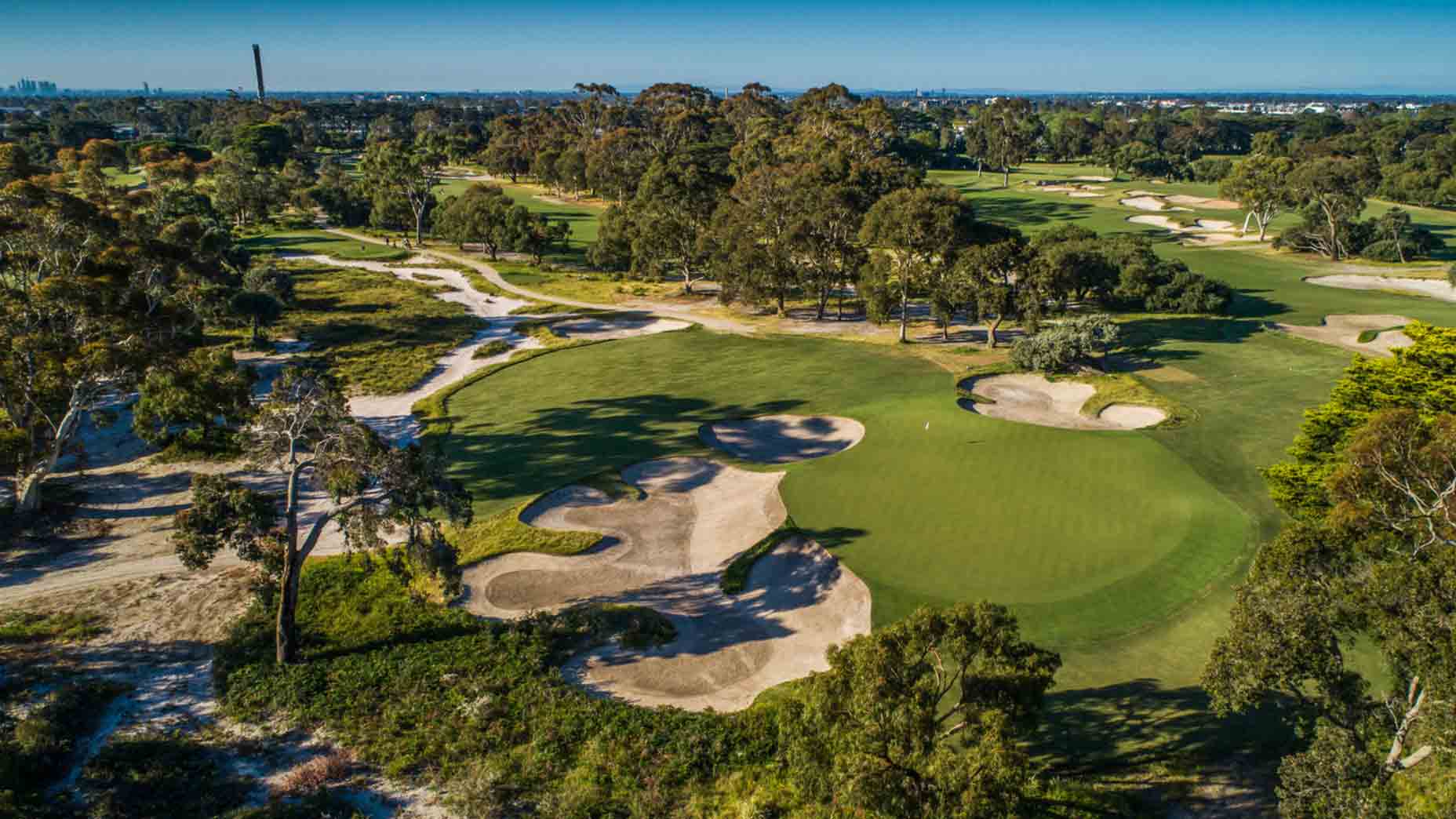
96. Victoria
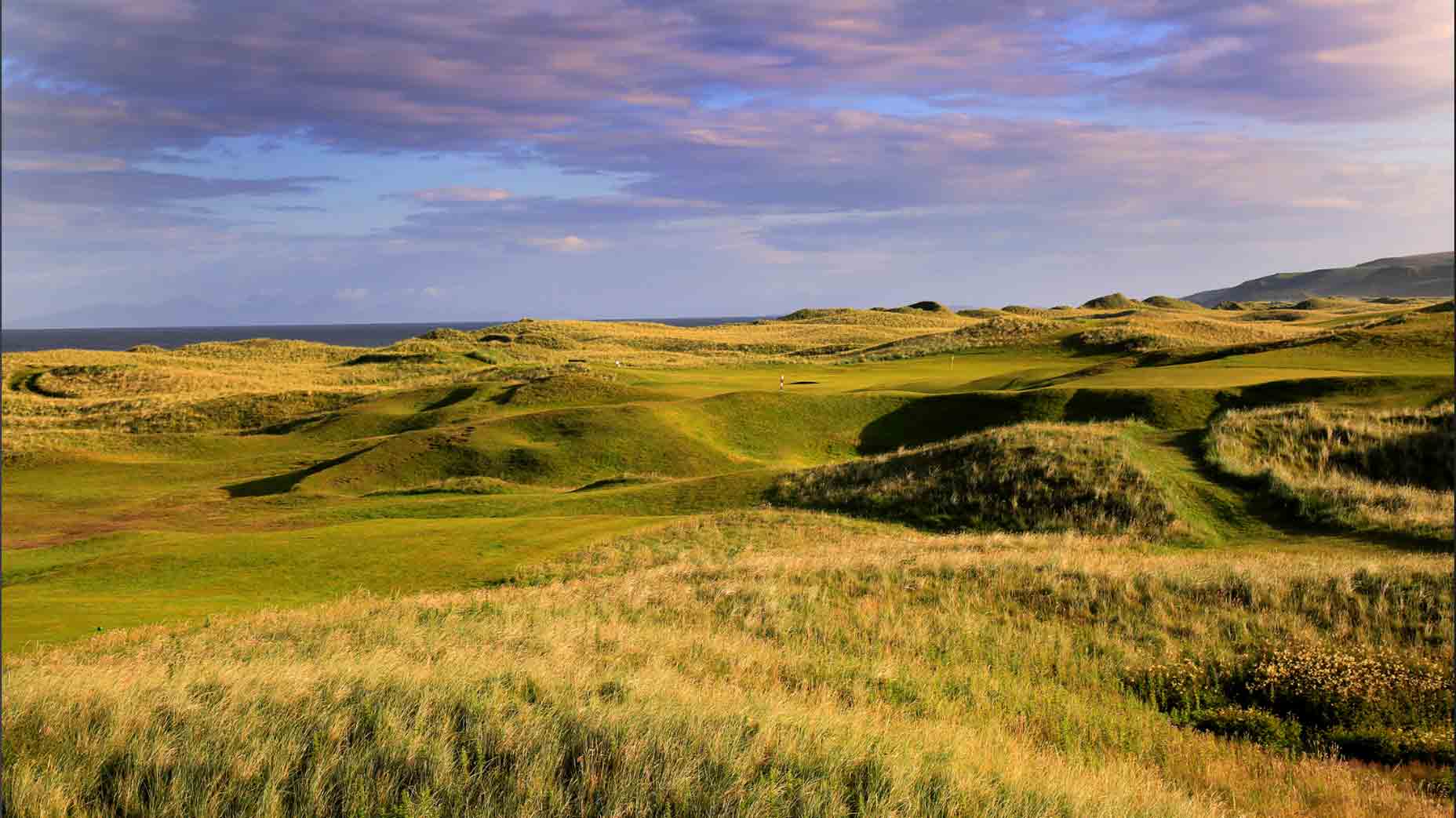
97. Machrihanish (Championship)

98. Muirfield Village
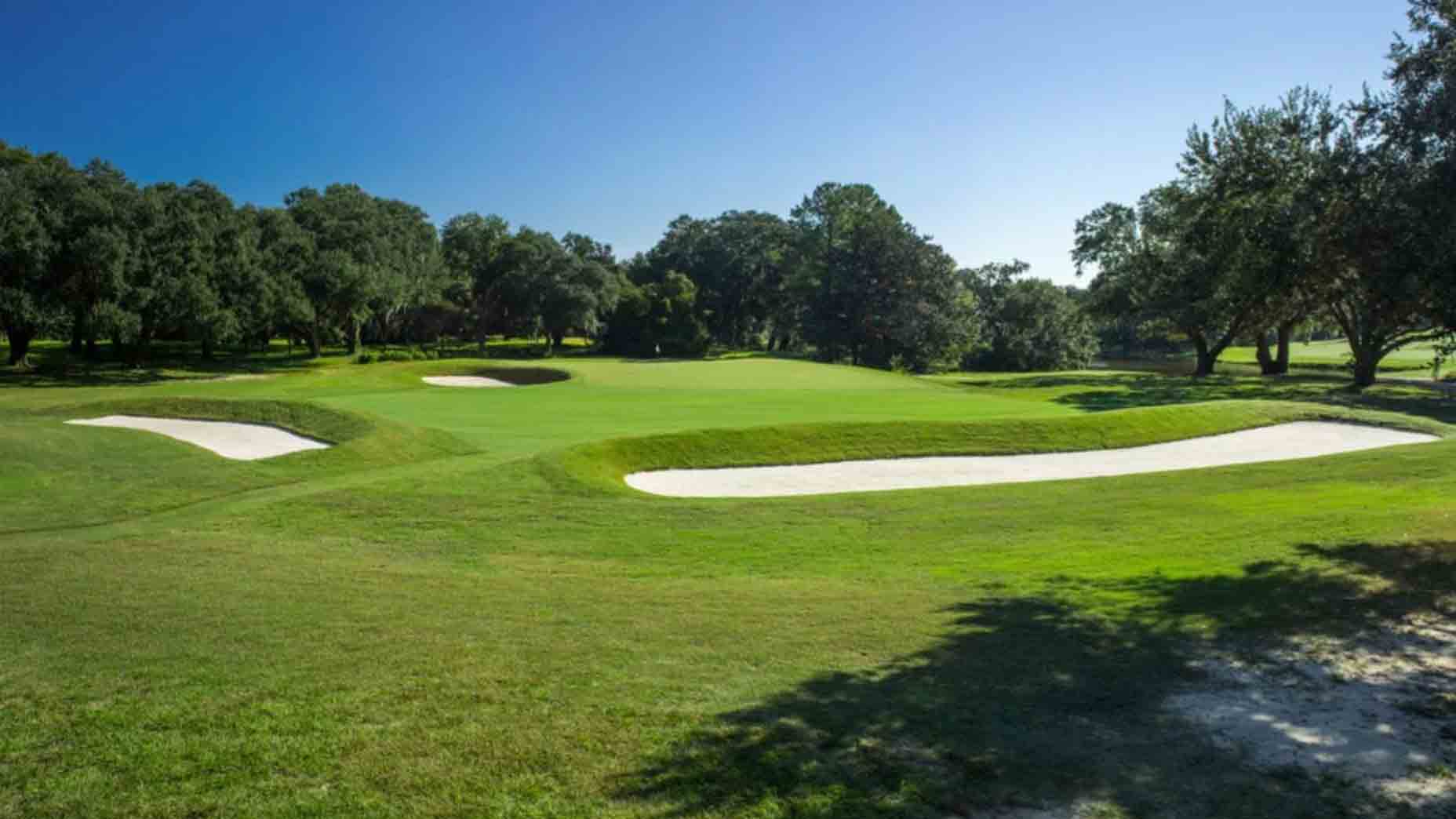
99. Yeamans Hall
